If strange twitches are waking you up at night, then here’s what could be happening to your body.
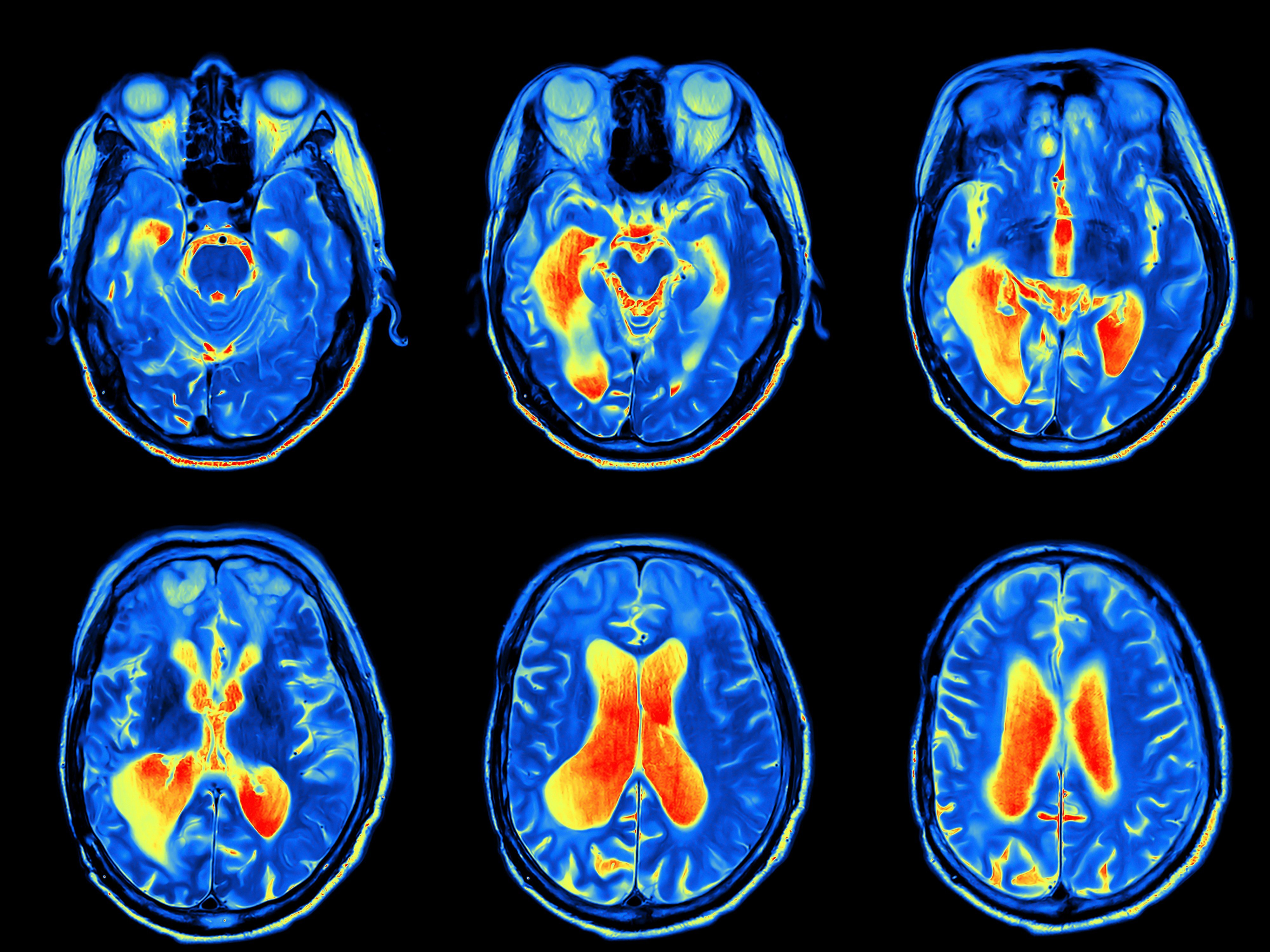
As the day comes to a close, you’re finally ready to get a great night’s sleep. However, as you’ve settled down and begin to coast off into the land of Nod, your body jerks abruptly and wakes you up. It’s a strange and alarming sensation that most of us are familiar with, yet few people can explain why it actually happens.
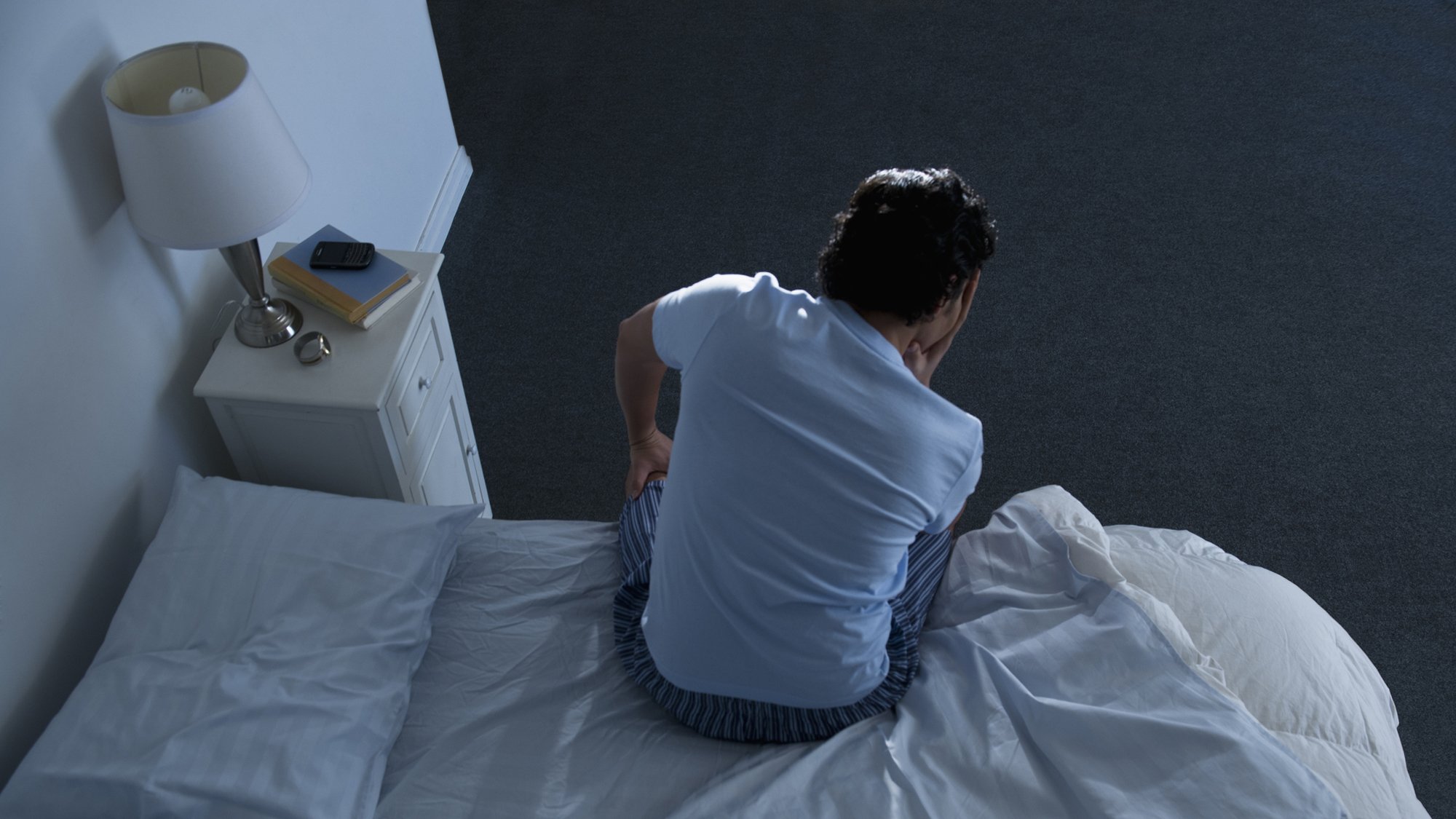
That jolt often accompanies an unsettling sensation of falling – one that may usually come if you trip over on the sidewalk. Alarmingly, you may even feel as though you are plummeting from a great height. And when this happens, you may quickly stir from your slumber in a state of shock.

That feeling of falling may also make you shout or yelp before you head off back to sleep. But not everyone wakes as a result of this jolt. Instead, they may instead hear about their strange nocturnal movements from their partner, who has witnessed this flinching first-hand – and may have been disturbed from their own rest as a result.

And the vast majority of people can’t explain why their bodies do this, with even some specialists in the field having struggled to determine the cause. Yes, it’s an area that still holds plenty of mystery for those in medicine. Nonetheless, there are professionals who have come up with a few intriguing theories on this weird jolting over the years.

Thankfully, science knows a lot more about the process of sleep itself. Typically, we go through two different cycles throughout the night: rapid eye movement (REM) and slow-wave sleep. This latter state is said to account for roughly 75 percent of our time in slumber.
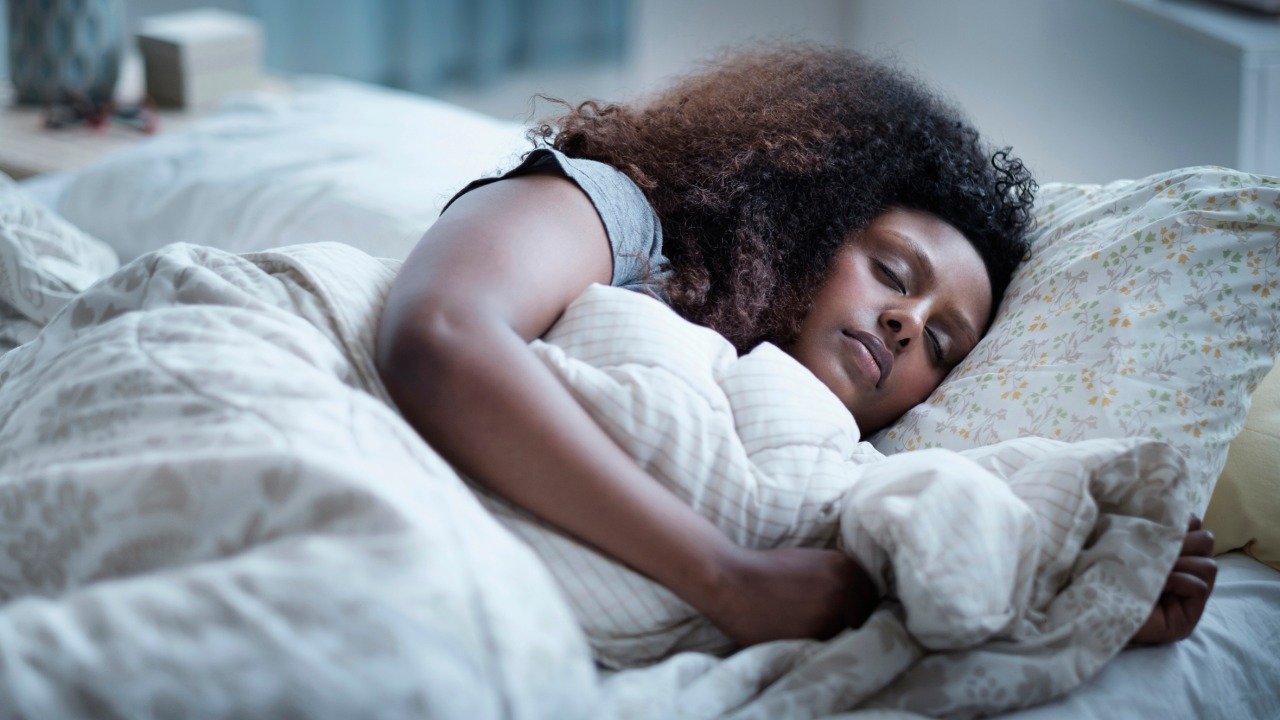
During slow-wave sleep, we experience three different phases called N1, N2 and N3. In that opening period, our bodies are essentially in a “light sleep,” which generally makes up around 5 percent of our nightly rest. The following stage, however, sparks a fascinating biological reaction.
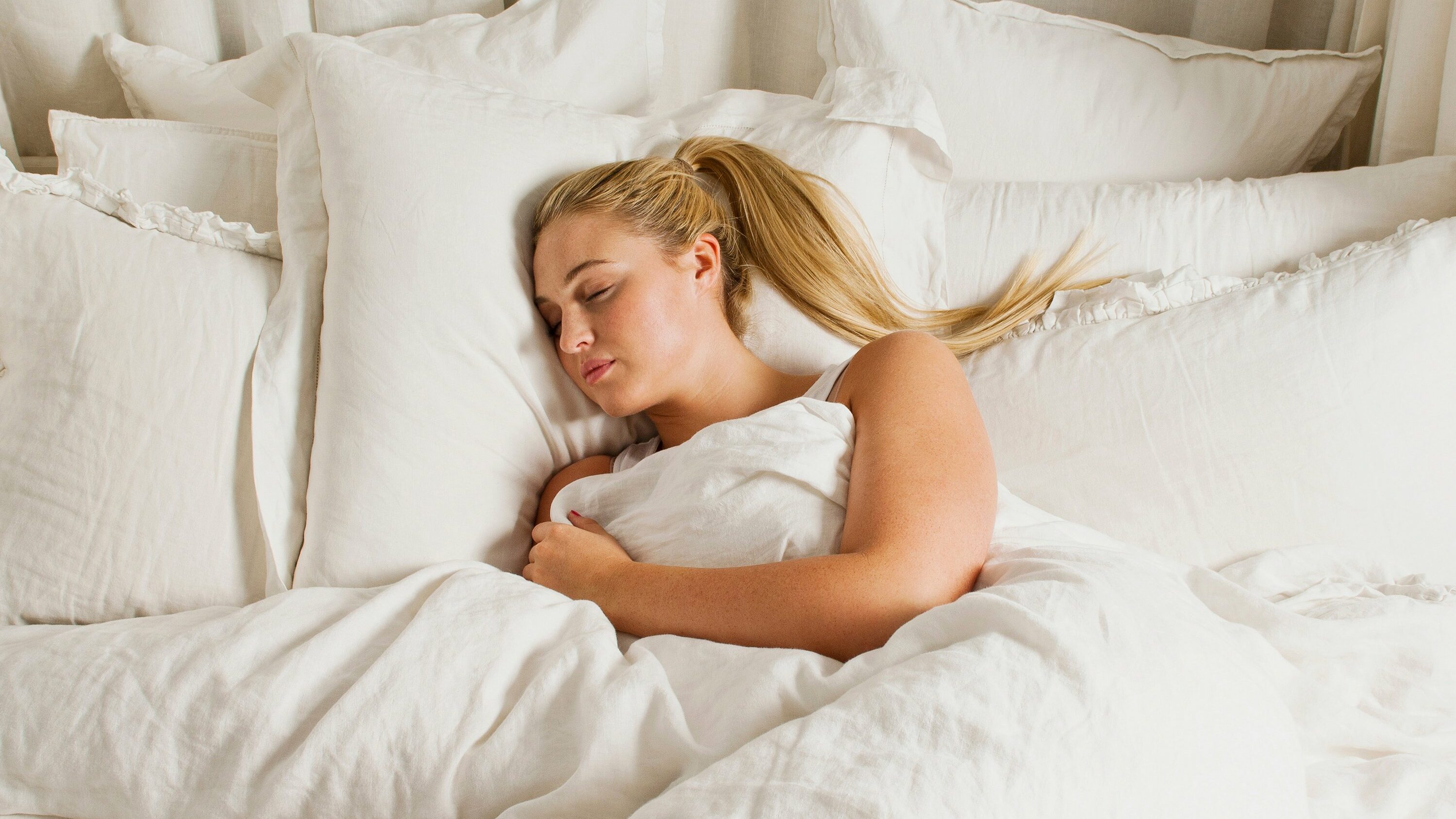
You see, while your heartbeat and breathing in N2 remain similar to when you’re awake, you may feel a little cooler than before. During this time, your core body temperature plunges by around 2 °F, and this internal fluctuation is meant to keep you constantly dozing throughout the night.
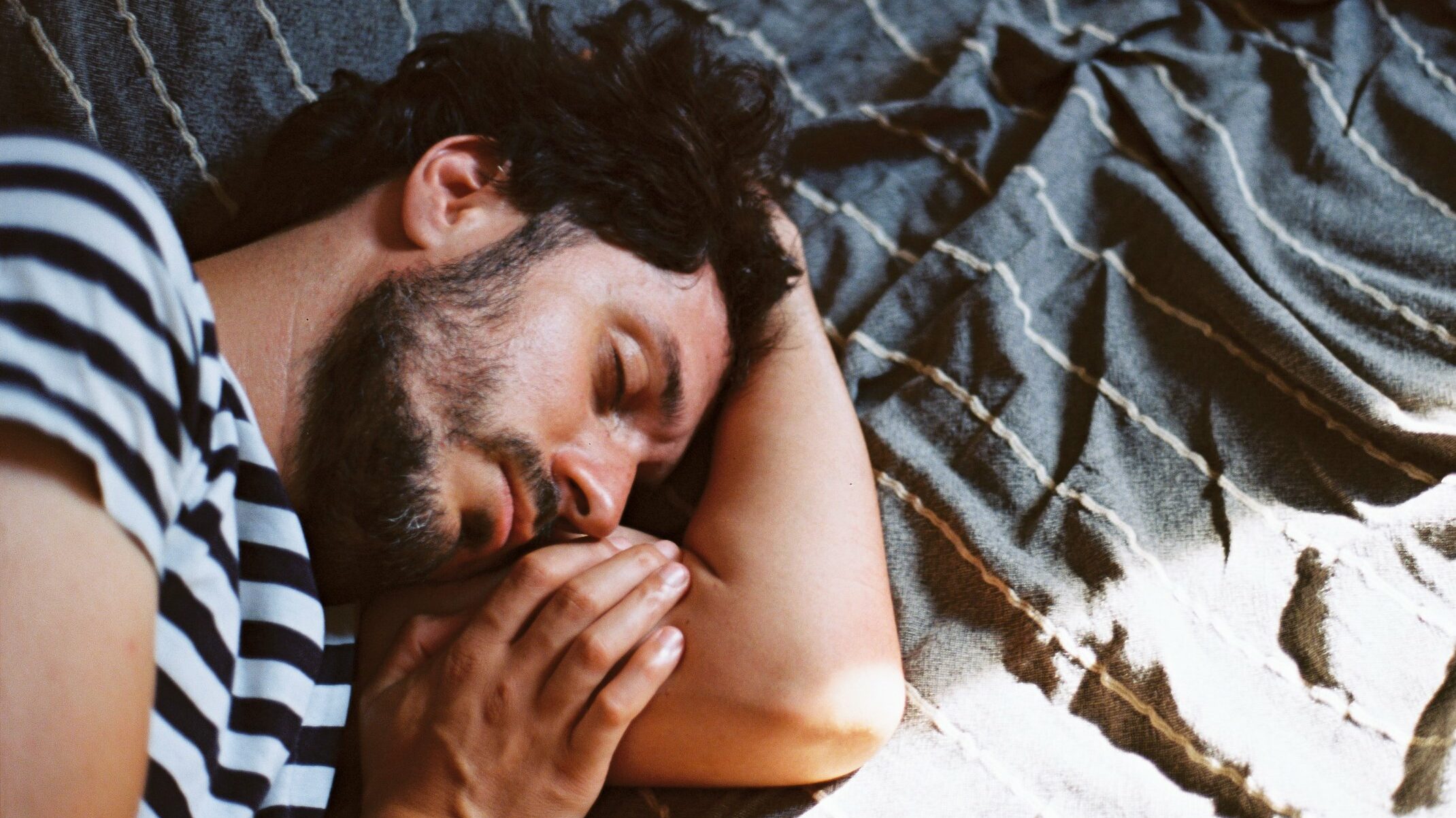
It’s also believed that your body temperature reaches its lowest point a couple of hours before you stir from your sleep. But N2 doesn’t just affect body heat; it also causes the human brain to block out external distractions. This in turn helps lead on to the next phase.
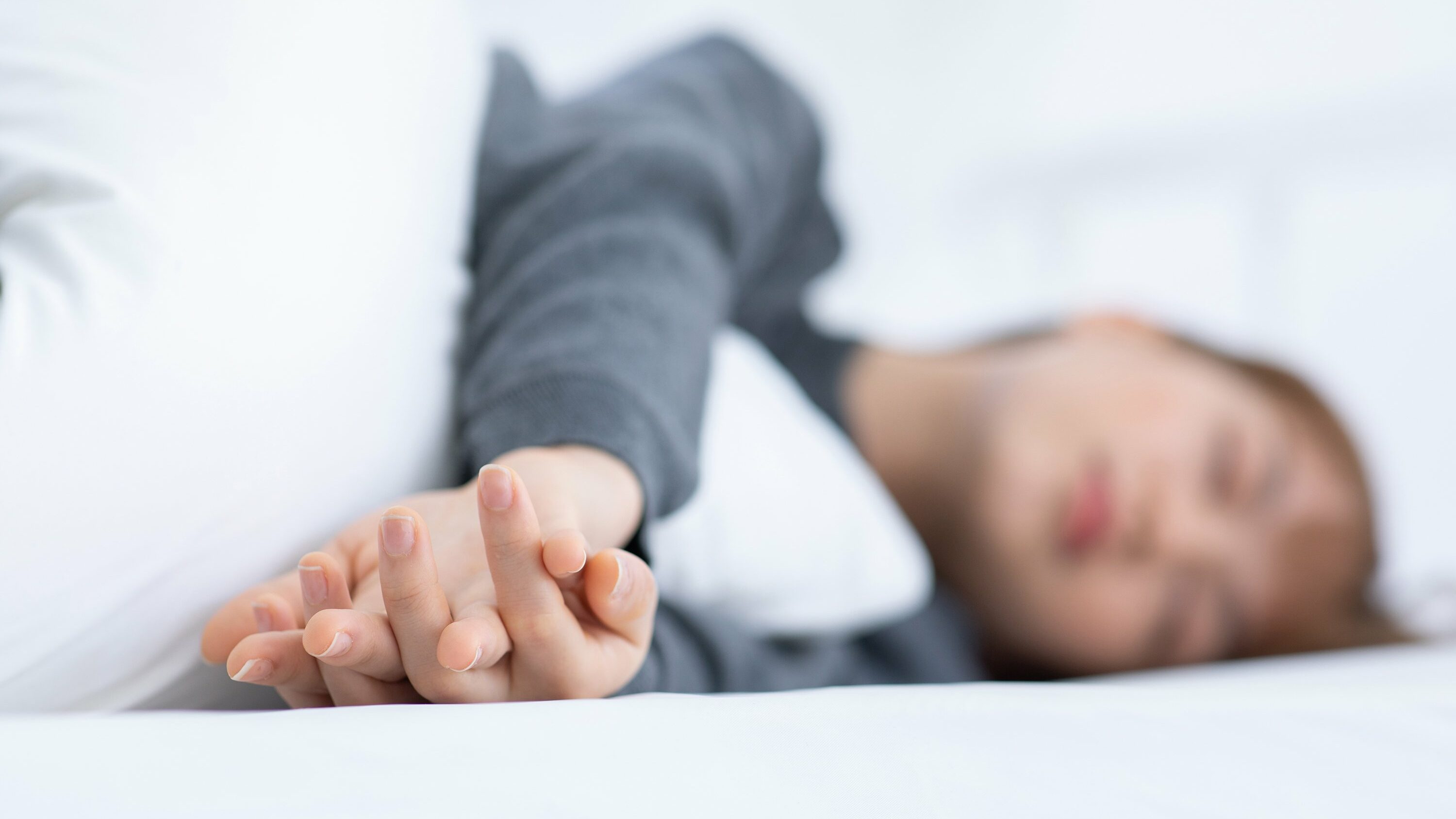
That stage, of course, is N3, when your body goes through changes that may surprise you. According to the National Sleep Foundation, this is the “deepest” form of rest, and it causes our breathing to lessen significantly. Oxygen intake also dips and carbon dioxide starts to build up during this period.
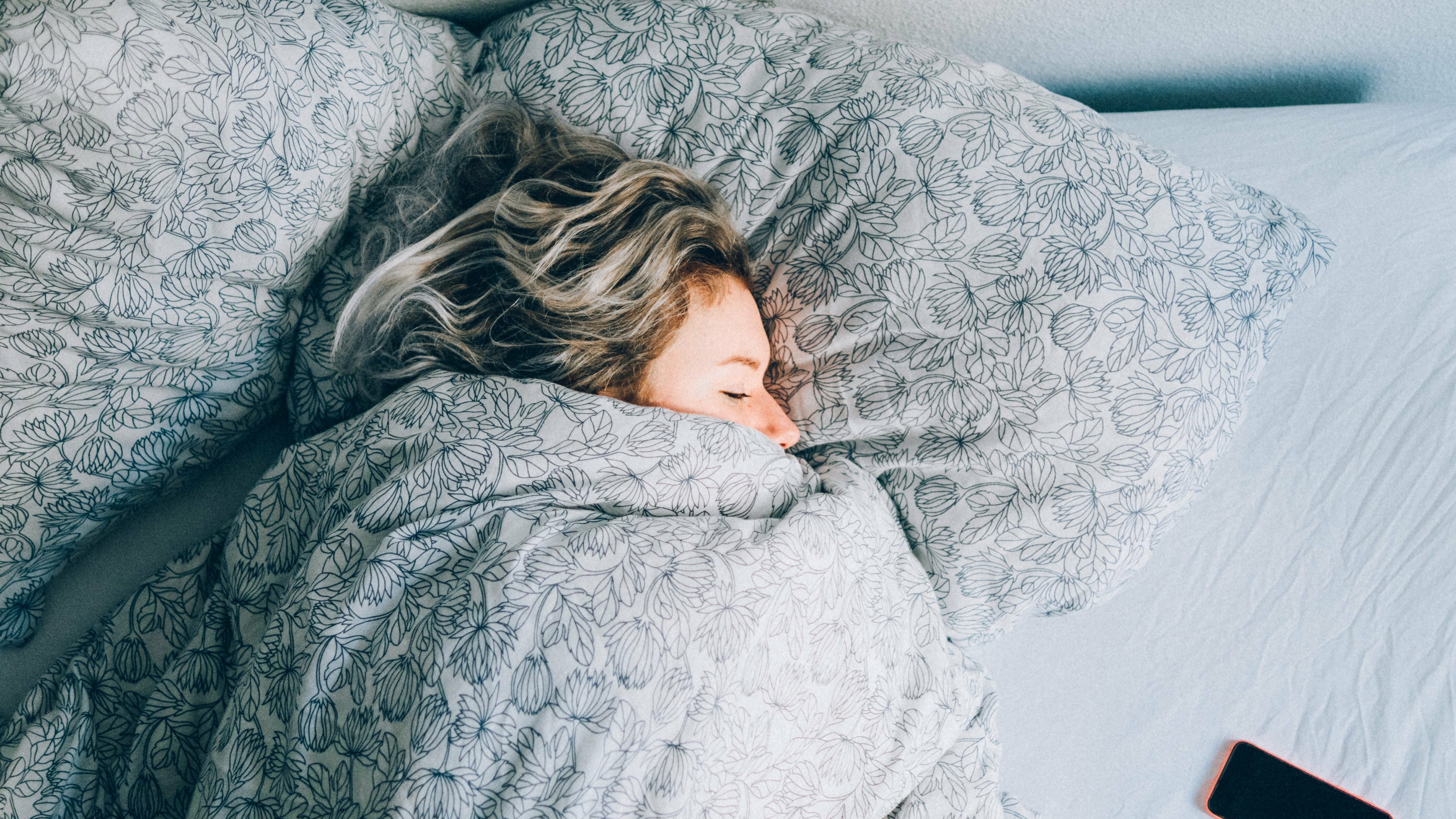
Alongside that, both heartbeat and blood pressure slow right down. But as all these adjustments are happening, the body’s muscles experience an intriguing phenomenon of their own. While they’re largely dormant in deep sleep, the different tissues still welcome more blood than usual at that time.

N3 also allows our cells to recuperate and fix themselves, meaning we should feel energized when we finally wake up. And the National Sleep Foundation reports that growth hormones are similarly let out over the course of this phase – which is obviously important for younger people as their bodies develop.
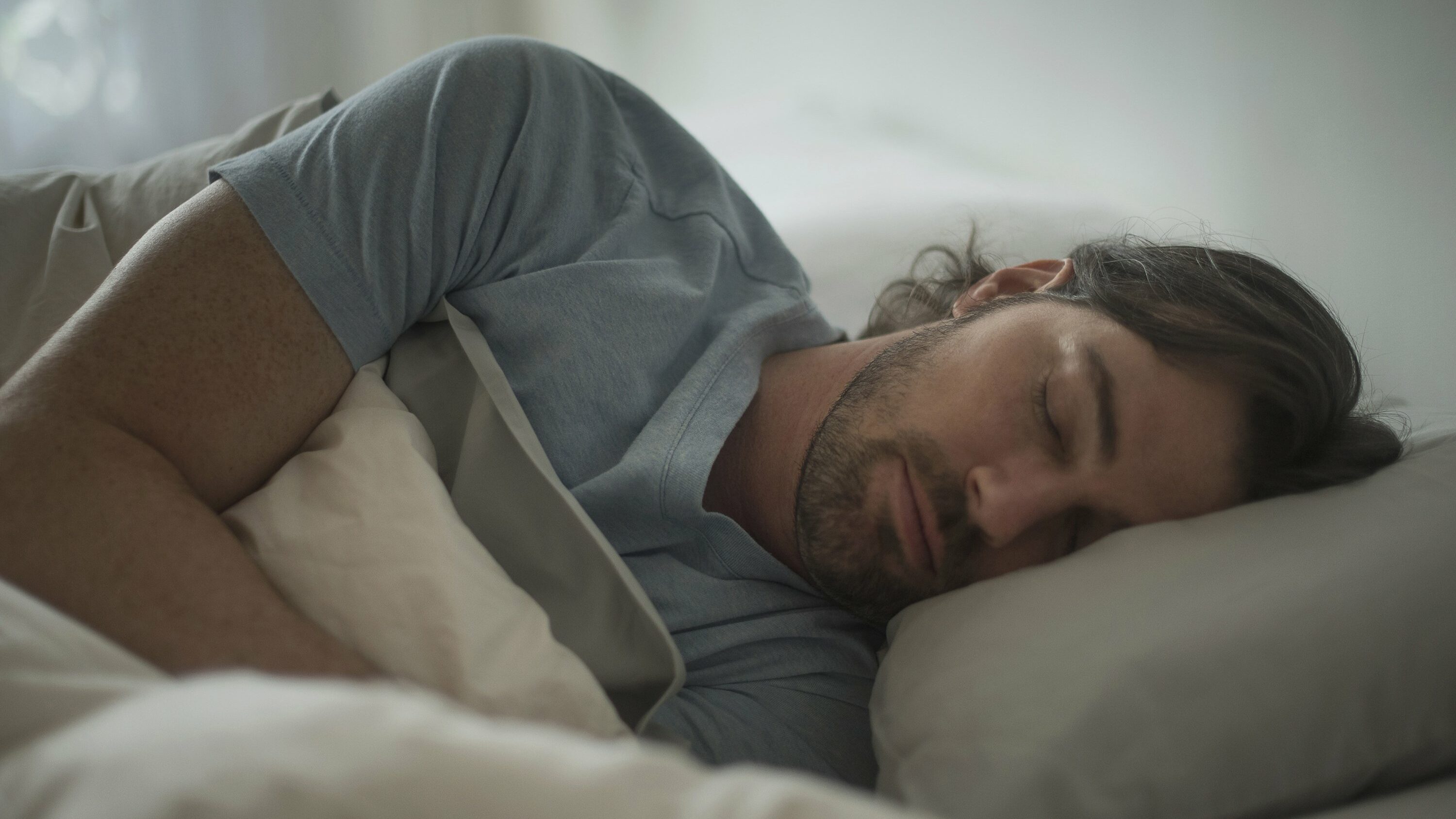
Overall, N3 takes up just 25 percent of our deep sleep; N2, by contrast, makes up 45 percent. For the remaining quarter of our rest, however, we go through the rapid eye movement phase – otherwise known as REM or “dreaming sleep.” And in some ways, this stage is dramatically different from what we experience during slow-wave sleep.

Arguably, Brian J. Murray and John Peever know more about REM than most, as they have significant experience in the field. Murray has worked at the Sunnybrook Health Sciences Center in Toronto, Canada, operating out of its sleep lab; Peever, meanwhile, heads up the University of Toronto’s Systems Neurobiology Laboratory.
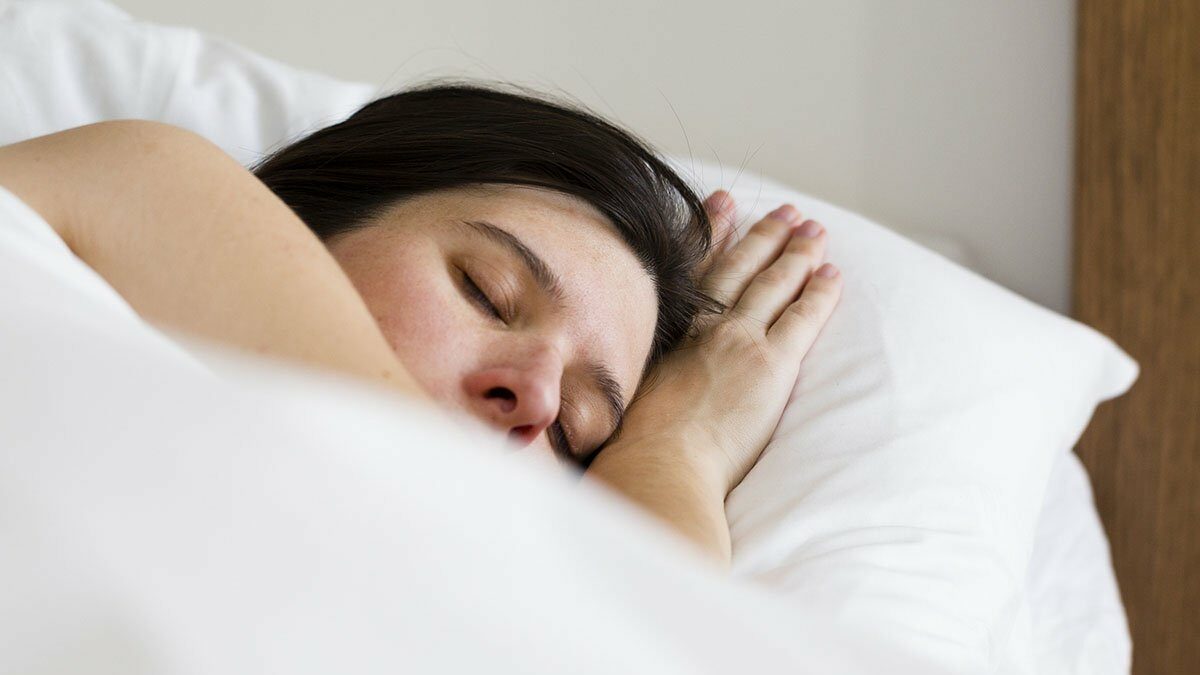
And while speaking to Scientific American in 2015, Peever and Murray said, “[REM] is bizarre: a dreamer’s brain becomes highly active while the body’s muscles are paralyzed, and breathing and heart rate become erratic. The purpose of REM sleep remains a biological mystery, despite our growing understanding of its biochemistry and neurobiology.”
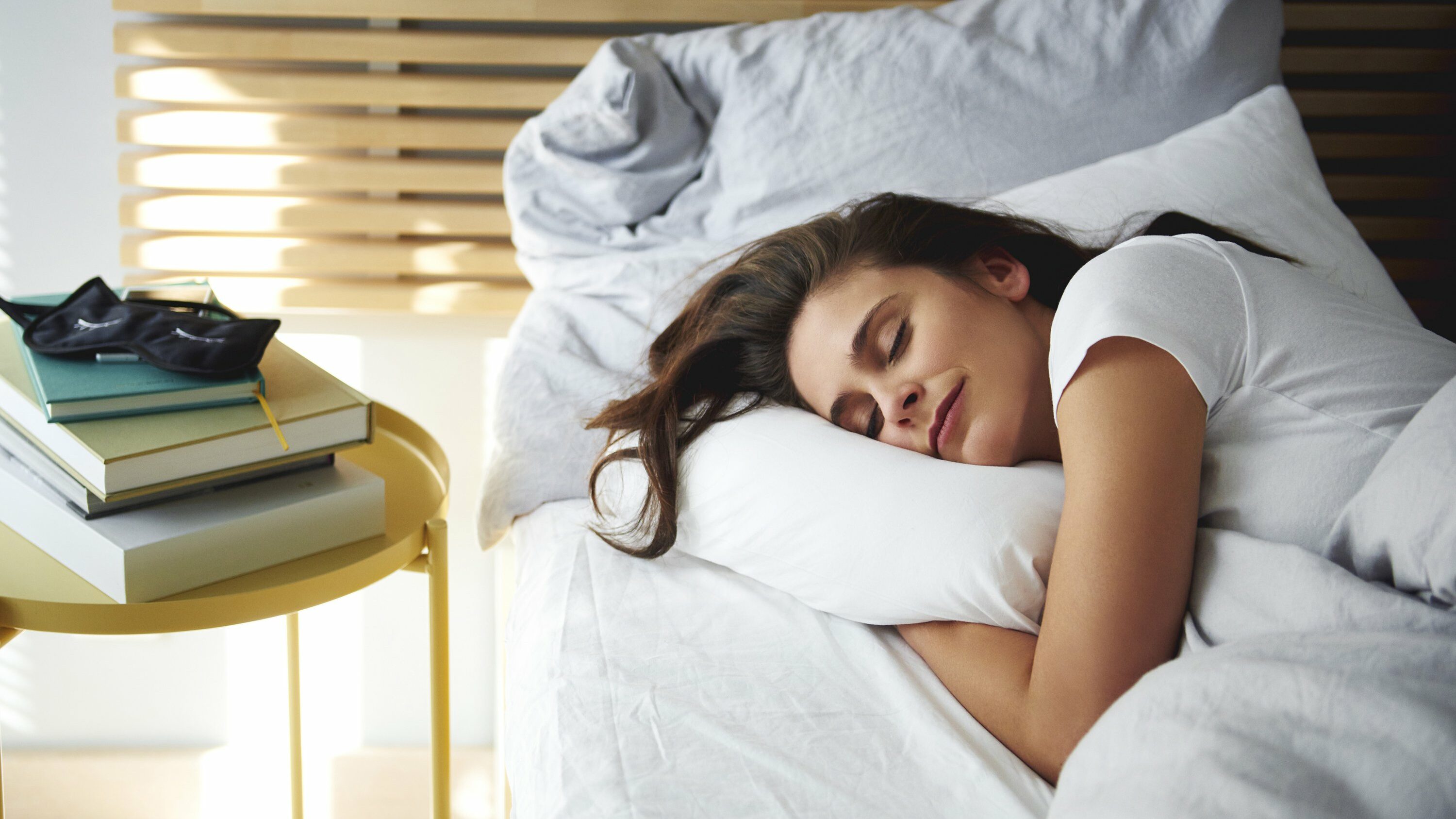
Murray and Peever added, “We do know that a small group of cells in the brain stem, called the subcoeruleus nucleus, controls REM sleep. When these cells become injured or diseased, people do not experience the muscle paralysis associated with REM sleep, which can lead to REM sleep behavior disorder. [This is] a serious condition in which the afflicted violently act out their dreams.”

Generally speaking, though, our bodies and brains receive a much-needed shot of energy during the REM period. The phase itself takes its name from the fact that our eyes usually move from side to side as we’re dreaming – a phenomenon that may look pretty bizarre up close. And, usually, we experience REM in hour-and-a-half intervals when we’re sleeping.
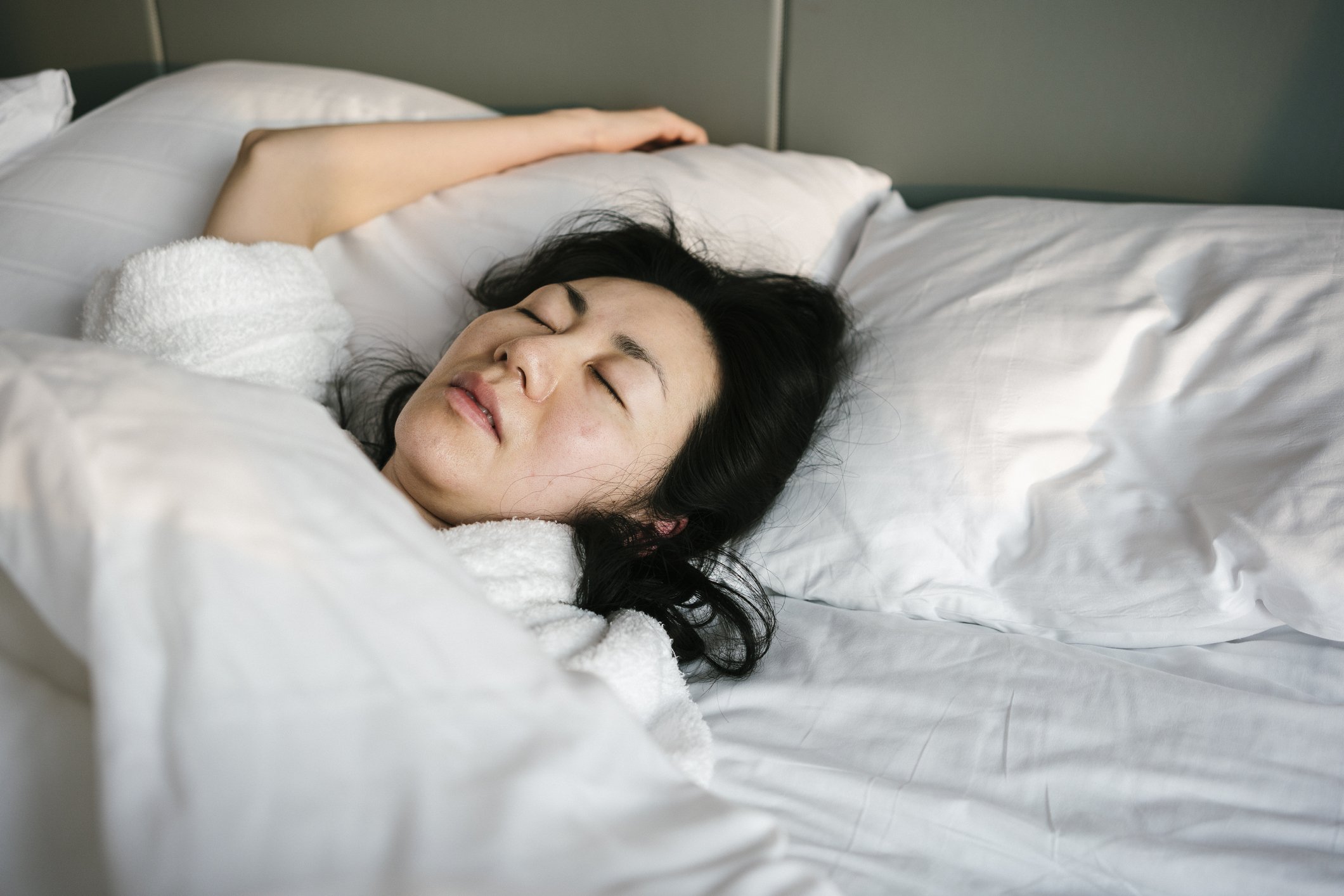
Regardless, though, sleep is vitally important for our overall health – including for the immune system. Curiously, food cravings can also be affected by the quality and quantity of rest. The hormones leptin and ghrelin are managed when we doze, and these both have an active part in making us feel full or famished.
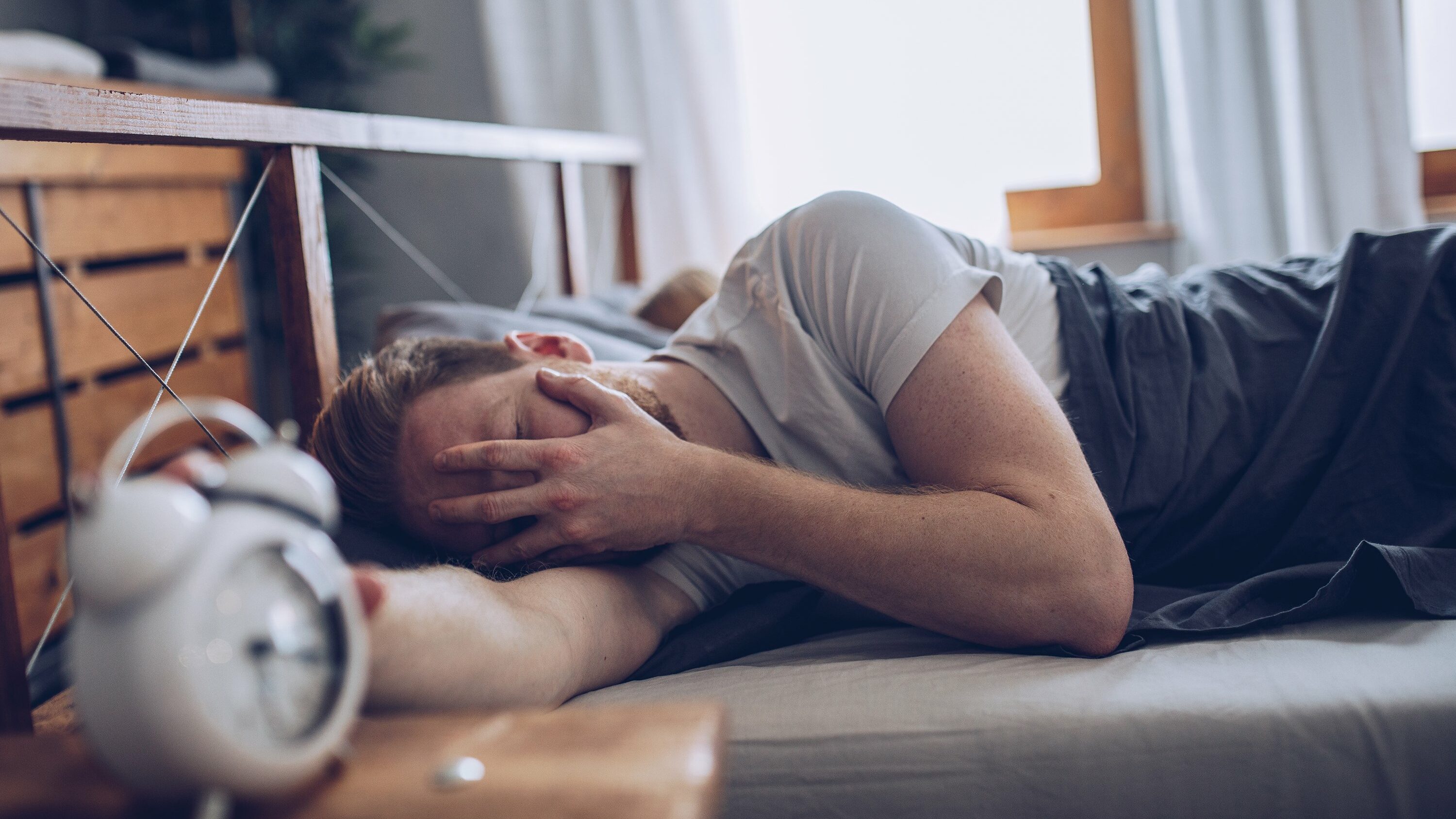
The National Sleep Foundation claims, then, that people who don’t get a decent amount of sleep may feel hungrier than usual – thus causing them to potentially overeat. But while a lack of rest can be attributed to a number of different factors, one of the causes has fascinated experts for a long time.

That brings us back to the jolts that we mentioned before, as while a lot of people are able to shrug them off and go back to sleep, others aren’t always as fortunate. These mysterious muscular reactions are sometimes referred to as sleep starts, but they’re better known as hypnic jerks.
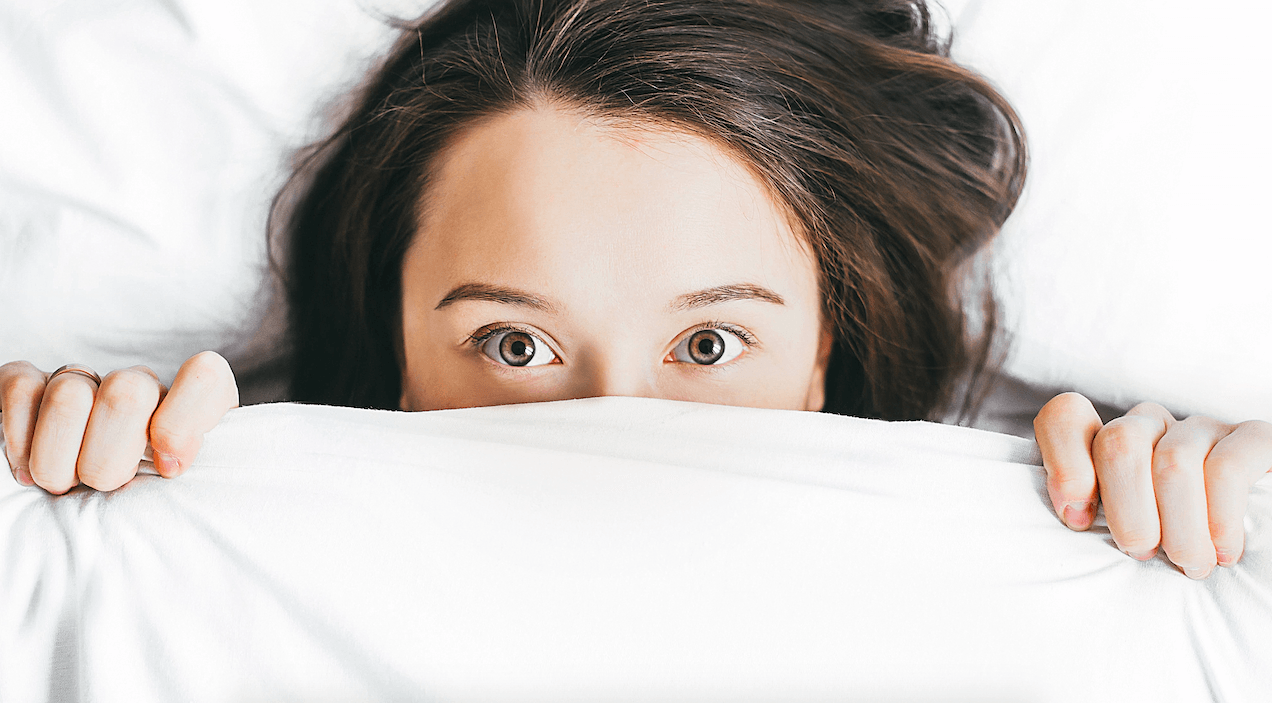
And even though studies on the subject have been few and far between, there are still good theories as to why hypnic jerks occur. A psychologist named Tom Stafford has a hypothesis, for example, and in 2012 he gave his informed opinion on the matter in a piece for the BBC.

There, Stafford wrote, “Nobody knows for sure what causes [hypnic jerks]. But to me, they represent the side effects of a hidden battle for control in the brain that happens each night on the cusp between wakefulness and dreams.” And expert Dr. Carl Bazil concurred, as he revealed in a 2015 interview with The Cut.
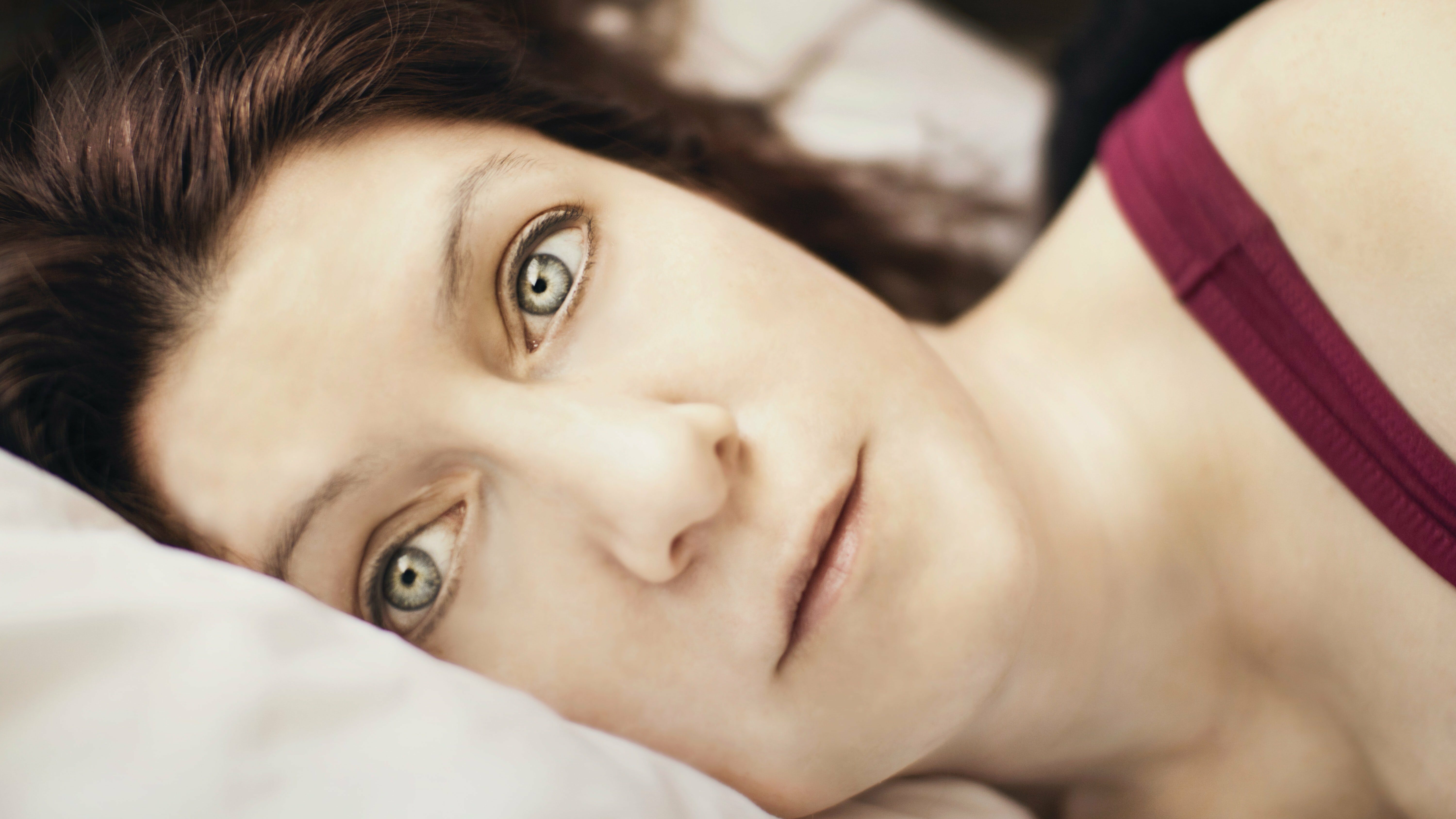
Bazil knows what he’s talking about, too, as he is in charge of the New York–Presbyterian/Columbia University Medical Center’s Sleep Disorders Center. He also serves as a neurology professor at Columbia. And while talking to the website, Bazil touched upon why there’s been so little research into hypnic jerks over the years.
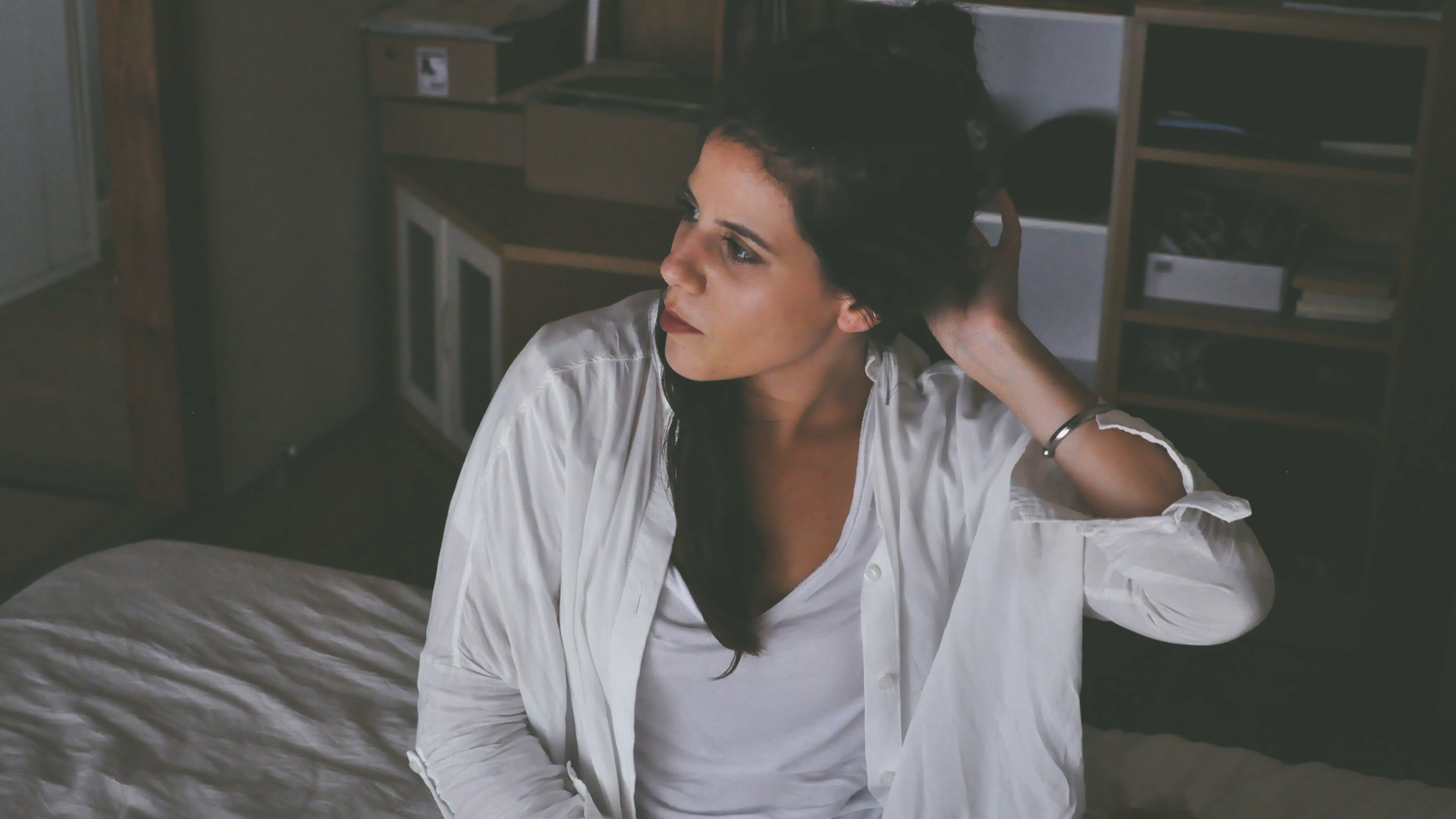
“One of the things that happens as you fall asleep is [that] your muscles relax,” Bazil explained. “But the awake part [of your brain] may still be stimulating enough that it will temporarily overreact, and [so] you get this jerk of muscle activity. It doesn’t usually mean anything, so there hasn’t been a huge amount of resources devoted to figuring it out.”

Stafford also went into further detail while discussing the so-called “battle” in our respective brains. The psychologist claimed that the vital organ contains two antagonistic areas, adding, “Hypnic jerks seem to be a sign that the motor system can still exert some control over the body as sleep paralysis begins to take over.”

“Rather than having a single ‘sleep-wake’ switch in the brain for controlling our sleep,” Stafford continued, “we have two opposing systems balanced against each other that go through a daily dance, where each has to wrest control from the other.” The first of these is known as the reticular activating system.
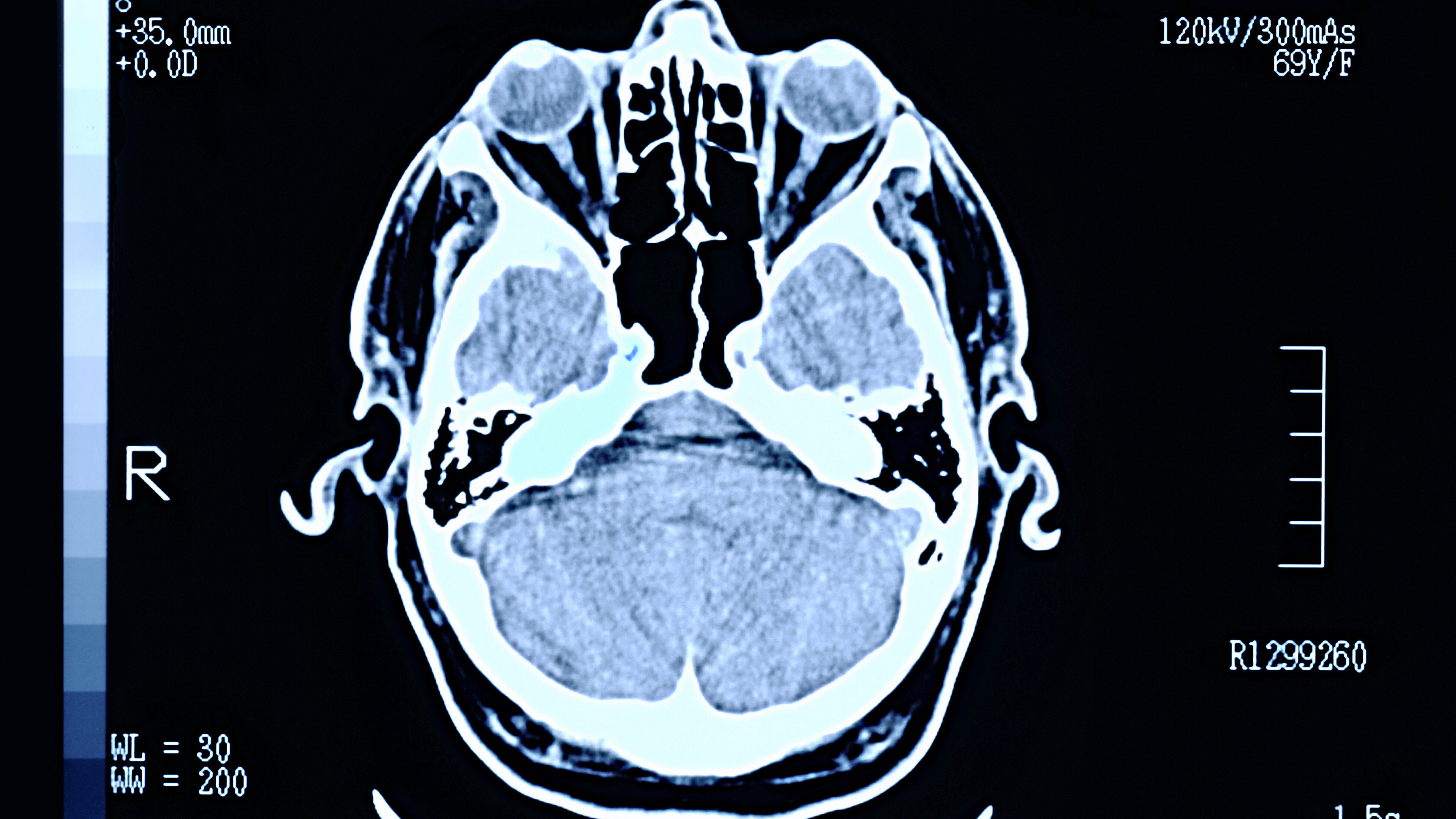
The reticular activating system can be found underneath the brain’s cerebral cortex – more specifically, in the area that encourages the human body to breathe. And Stafford has said that these collections of cells are completely active during the day, contributing to that feeling of alertness when you’re up and about.

The other structure, meanwhile, is what Stafford calls the ventrolateral preoptic nucleus, or VLPO. This is situated on the outer rim of the brain, close to our eyes, and unlike the reticular activating system, it’s responsible for inducing tiredness going into the evening. Essentially, it draws data from what we see.
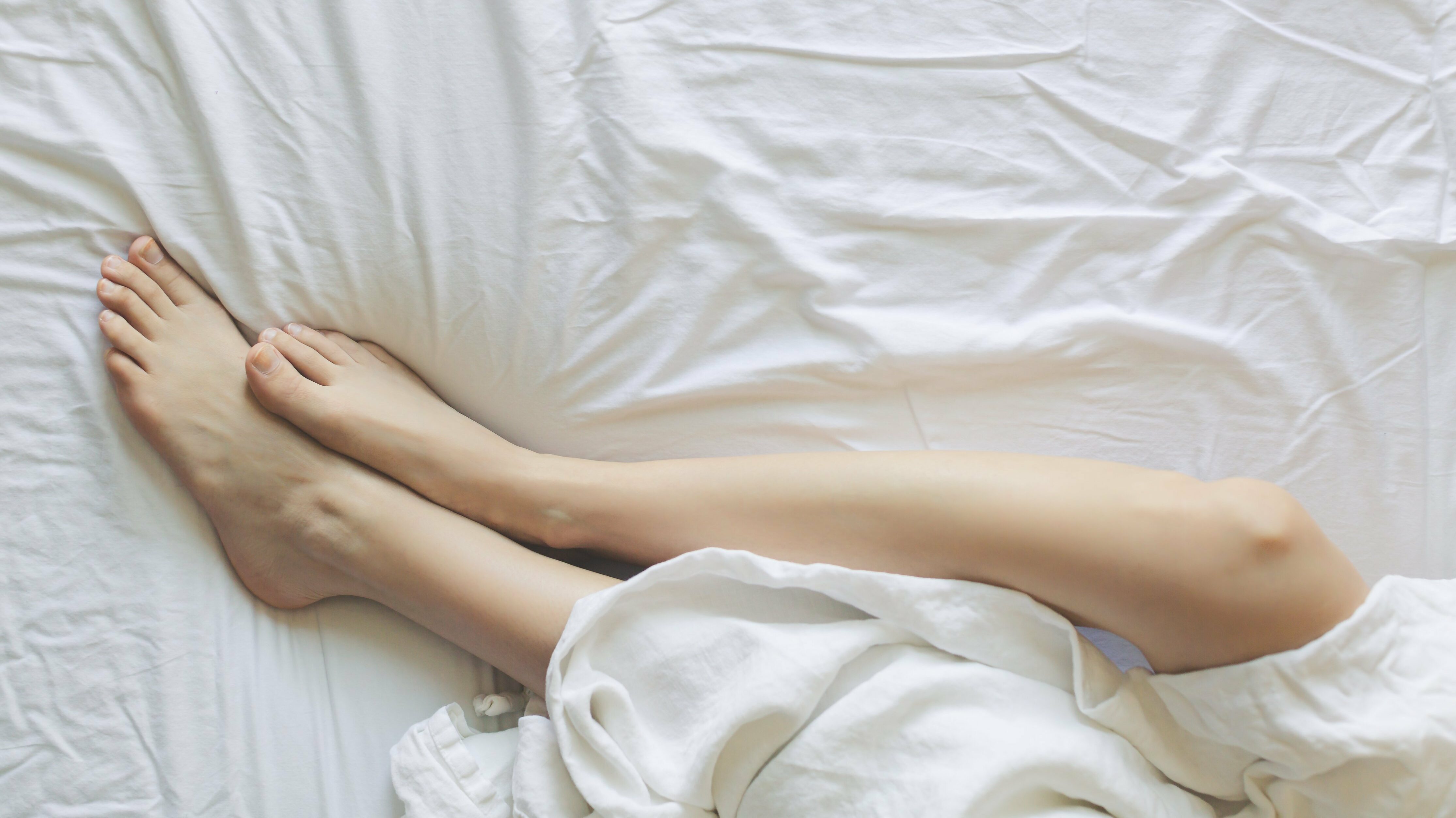
And while the VLPO usually takes the reins when we begin to drift off, that doesn’t always happen. Stafford told the BBC, “As sleep paralysis sets in, remaining daytime energy kindles and bursts out in seemingly random movements. In other words, hypnic jerks are the last gasps of normal daytime motor control.”
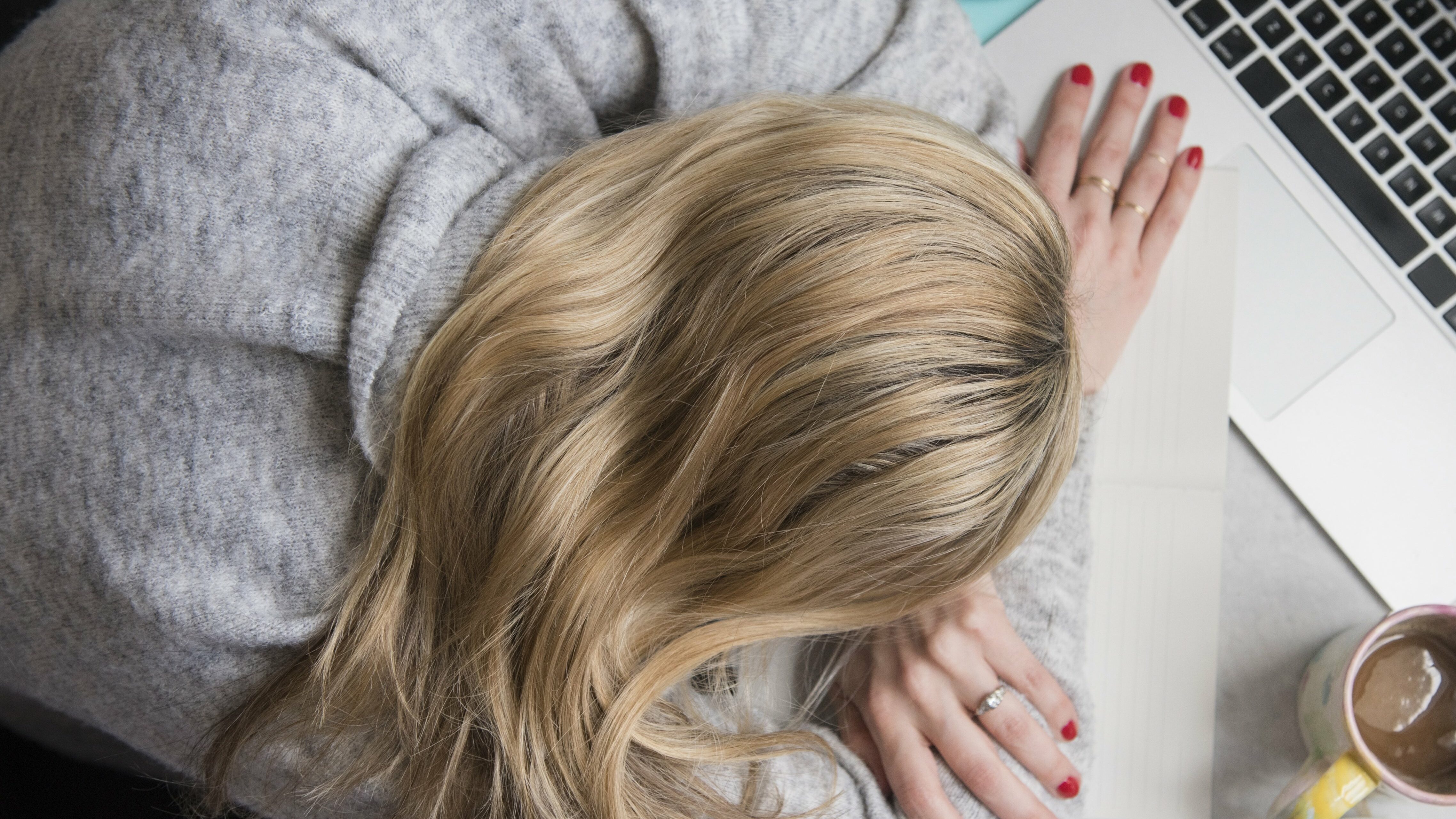
This particular battle can cross over into the day as well, as some people occasionally find themselves swiftly snapping awake after succumbing to moments of tiredness. And, interestingly, Bazil believes that these muscle twitches may be somehow tied to human evolution. Simply put, when a monkey would close its eyes up a tree, it’d quickly wake up to avoid falling.

Bazil told The Cut, “If you’re in a position where your head starts to drop or your limbs start to drop, that may trigger this sort of response back into wakefulness. It would be kind of a normal process, but also, I guess, theoretically protective to keep people from falling asleep in the tree – or in [a modern-day] meeting.”
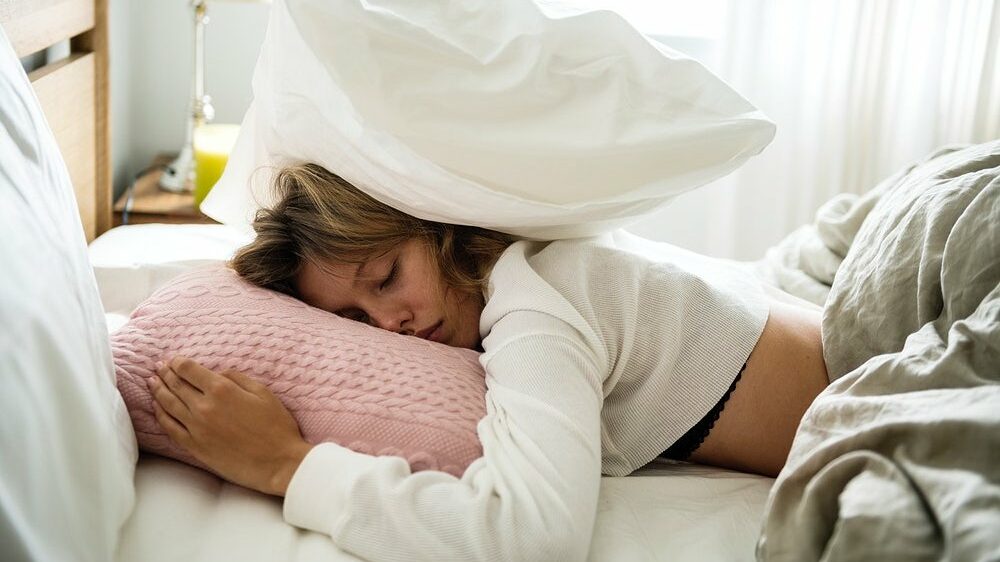
But what of those strange sensations – such as the feeling of plummeting off the edge of a tall building – that often accompany hypnic jerks at night? Well, in Stafford’s opinion, these experiences are all fascinating demonstrations of our brain’s sheer power, as he went on to explain to the BBC.

The psychologist revealed, “[The falling sensation] is an example of the rare phenomenon known as dream incorporation, where something external, such as an alarm clock, is built into your dreams. When this happens, it illustrates our mind’s amazing capacity to generate plausible stories. In dreams, the planning and foresight areas of the brain are suppressed, allowing the mind to react creatively to wherever it wanders.”
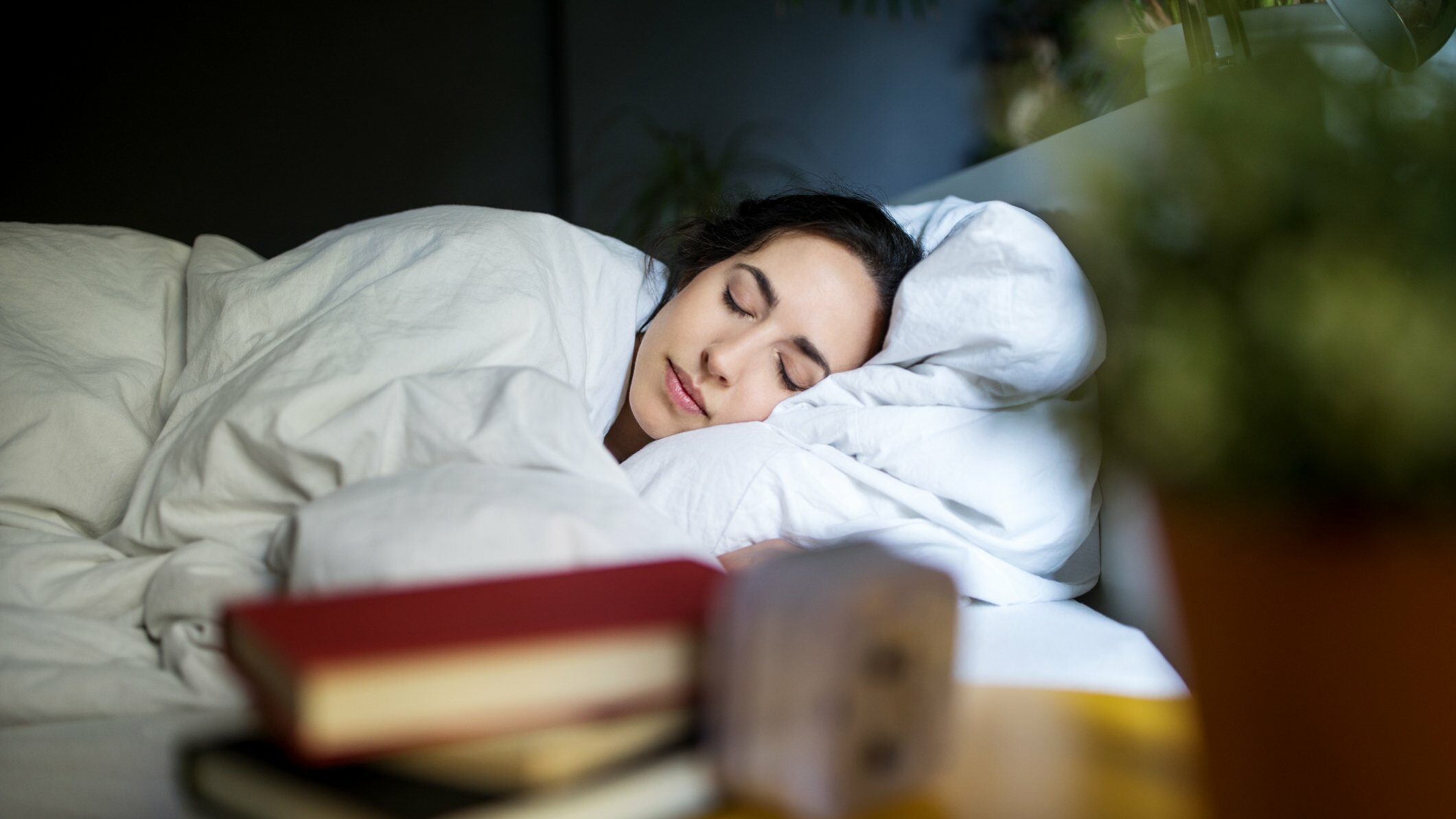
“In the waking world, we must make sense of external events,” Stafford continued. “[And] in dreams, the mind tries to make sense of its own activity… [But while] a veil is drawn over most of the external world as we fall asleep, hypnic jerks are obviously close enough to home to attract the attention of sleeping consciousness. [So,] they get incorporated into dreams.”

We don’t always experience hypnic jerks, however, so what tends to cause them on some nights but not others? Well, according to Medical News Today, there are a few possibilities. For instance, if you tend to indulge in nicotine or caffeine of an evening, the jolts could be more numerous.

That’s what Bazil has suggested, too, as he told The Cut. The physician explained to the website, “The most common culprit by far would be caffeine. If [the hypnic jerks are] bothersome, the first thing I tell people is to cut back on the caffeine – especially late in the day.”

Medical News Today has also claimed that “poor sleeping habits” could cause the issue. Physical exertion may similarly be to blame, as in the same manner as caffeine, exercise gives the human body a buzz that may ultimately prove troublesome when you come to finally hit the hay.

Ultimately, then, you may struggle to settle down for bed – and this could lead to the sleep starts. Anxious thoughts are additionally a possible culprit, as when worrying your brain is said to be more susceptible to unexpected shocks – such as an uncontrolled jolt when you’re drifting off for the night.

But these potential causes can be eliminated if you’re willing to try. As Bazil has explained, cutting out late-night coffees could be a major help in the fight against hypnic jerks. Medical News Today has also advised to get any workouts in earlier in the day and instead put your feet up in the evening.

When it comes to feelings of anxiety, meanwhile, you can engage in calming exercises. These routines should both have a positive effect on your stress levels and leave your brain in an overall better state. Other regimens may be helpful in that respect, too; in fact, anything that soothes you before bed and leaves you sleepy should be of benefit.

And Medical News Today had one final suggestion that could make a significant difference. In particular, certain colors emanating from lights can have a detrimental effect when you’re trying to rest. Blue is particularly problematic, as the brain misinterprets this as a sign that the sun has risen. If you can keep your bedroom dark, then, that should stop some of the hypnic jerks.
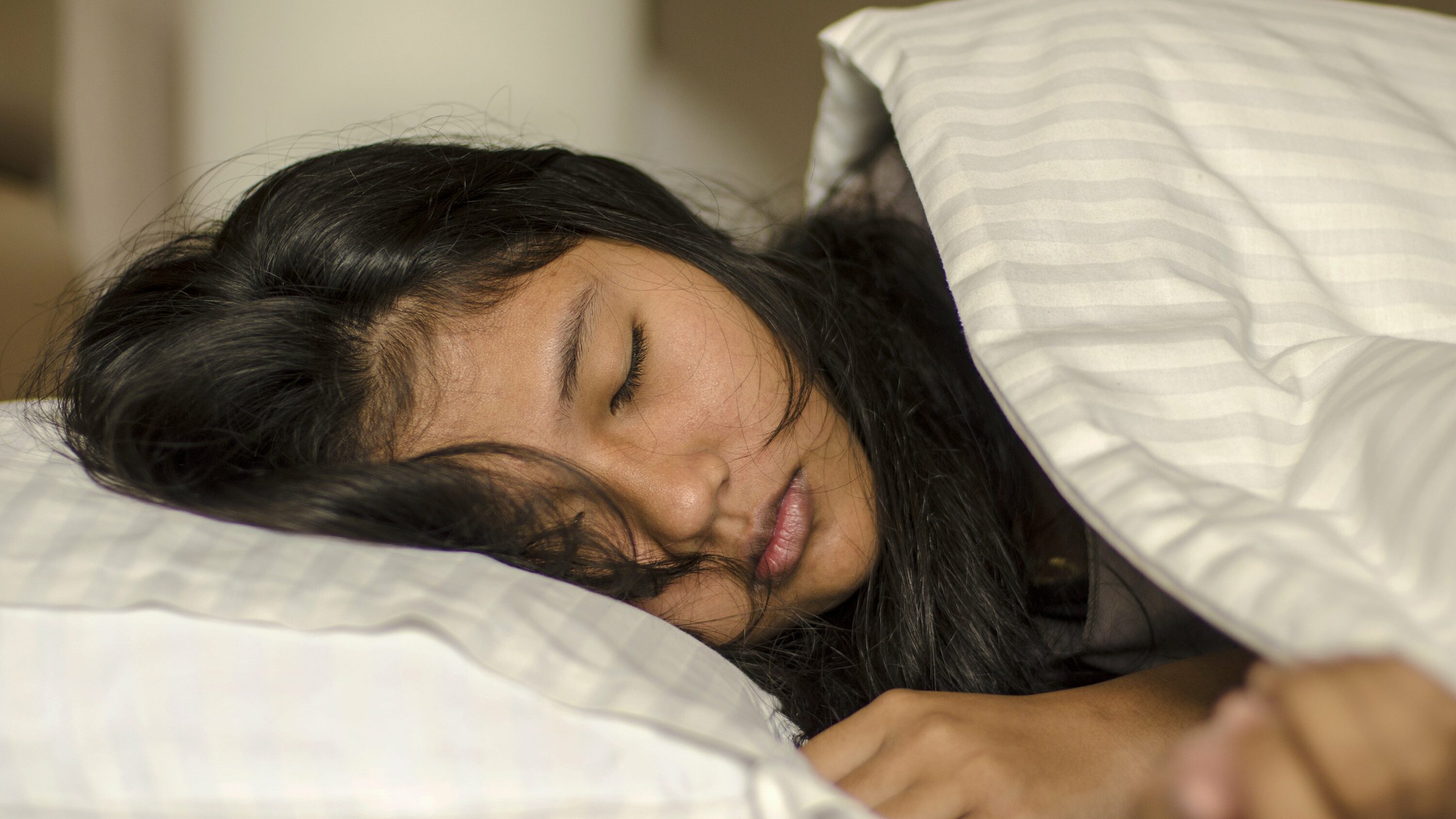
When it comes to sleep, however, everyone has their own little rituals. Some people may swear by warm glasses of milk before bed as a way of helping send them off; others may use white noise machines, for instance, to help calm their brains before dozing. But one particularly strange sleep trend almost seems to beggar belief.
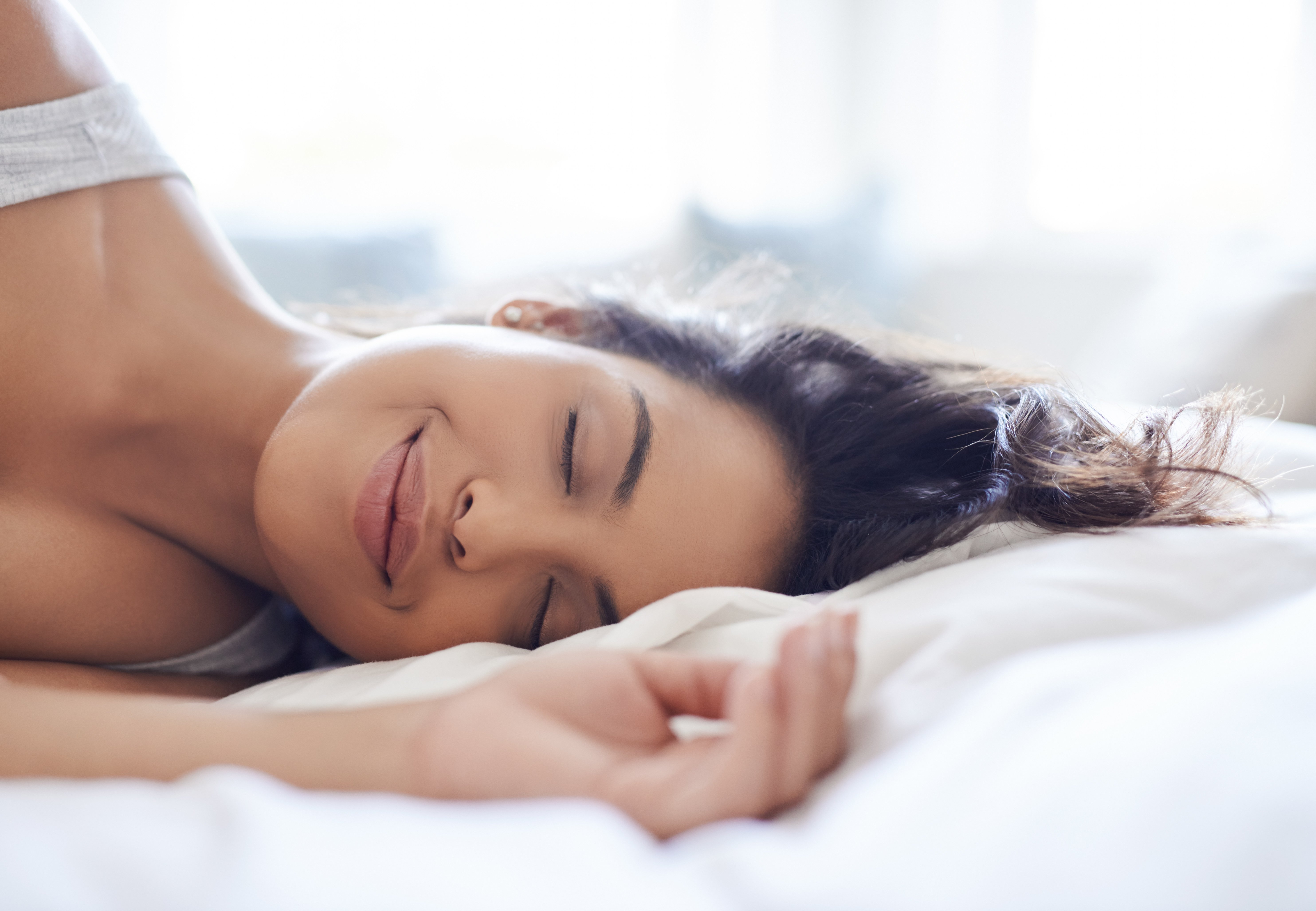
Home remedies are nothing new; people have turned to everyday items for relief for thousands of years. In recent times, however, many have reportedly started sleeping with bars of soap under their sheets. Why would anyone do such a thing? Well, the experts claim that the ritual’s benefits are actually nothing short of miraculous.

Yet it isn’t known exactly how the crazy health hack works – nor is there any hard science to back up the claims of those who swear by the trick. But nevertheless, the home remedy has countless loyal followers who supposedly cozy up with bars of soap at night to alleviate their ailments.

Among the people to recommend the remedy is TV doctor Mehmet Oz and advice columnist Ann Landers. The latter even claimed that her readers “were thrilled and grateful to be liberated” by the effectiveness of the trick. And it seems that Landers’ fans aren’t the only ones to be convinced into sleeping with soap.

According to an online poll from The Doctors, you see, 42 percent of respondents testified that sharing their beds with soap really did improve their sleep. But the remedy doesn’t simply help people to drift off at night; rather, its uses are quite specific.

Before we discover the purported health benefits of sleeping with soap, though, let’s look back a little at the history of home remedies. It all began in ancient Egypt, it seems, when honey was used to tackle high blood pressure. Cider vinegar has also been utilized as a medicine for generations and was once even believed to be the “fountain of youth.”

In more recent times, too, chicken soup has gained a reputation for being a home remedy for a common cold. Plus, gargling salt water is said to bring instant relief to a sore throat. Honey and lemon has long been touted as a homemade antidote for a cough as well.

In the past, though, home remedies were often passed down through generations or spread through word of mouth. Since the advent of the internet, however, various alternative cures have gained wider traction. And what’s more, many of them have proved so popular that they’ve achieved viral fame thanks to social media.

For instance, one home remedy that found online fame claimed to be an effective cure for sunburn. It seemingly all started with Texas-based mom Cindie Allen-Stewart. Apparently, Allen-Stewart had often experienced painful sunburn no matter how much sunscreen she’d applied. And she’d reportedly tried a number of remedies to soothe her skin – until her mother-in-law stepped in with the ultimate hack.
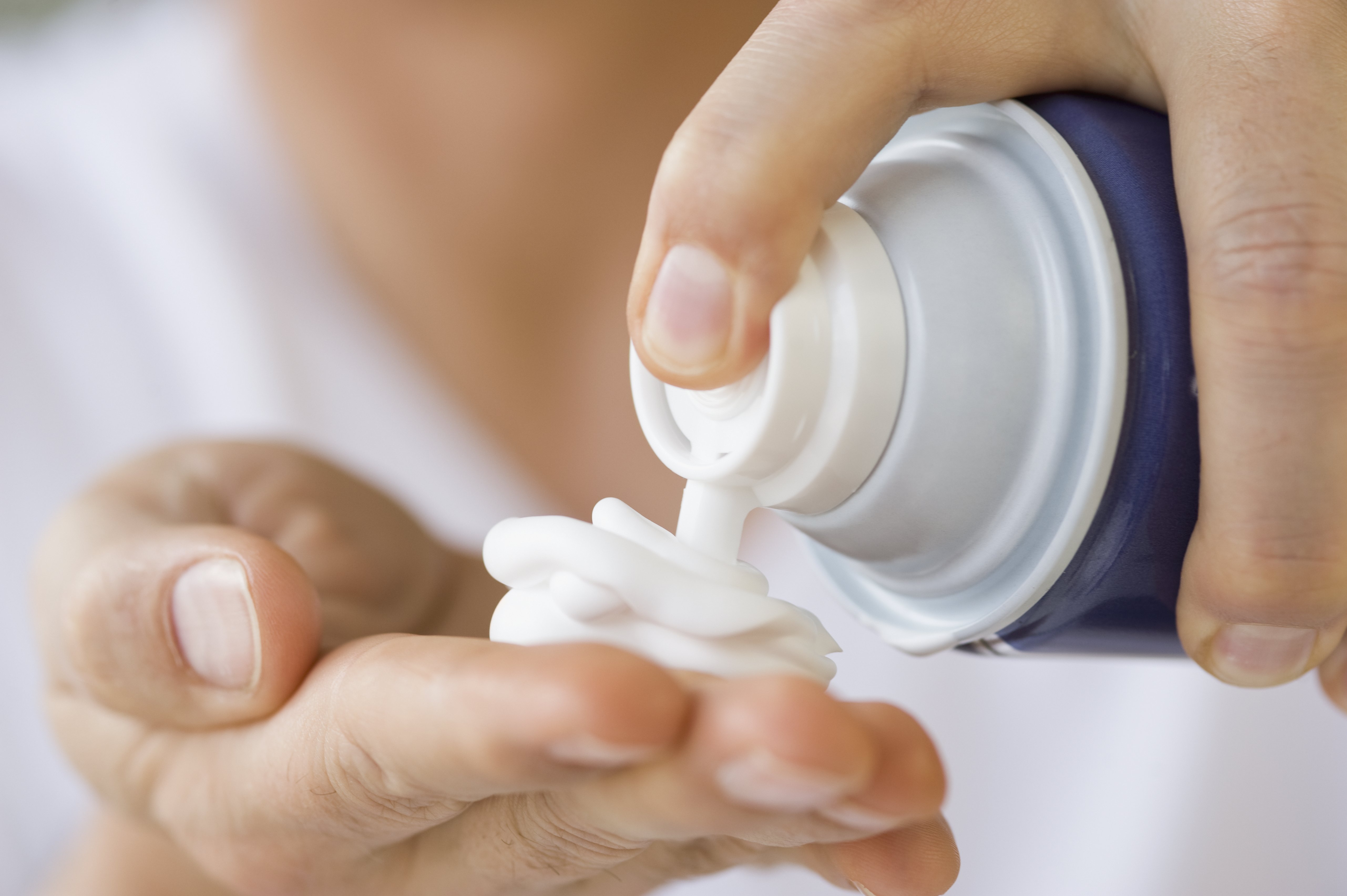
Oddly, though, Allen-Stewart was seemingly told to apply shaving foam to her sunburn. Revealing the trick on Facebook in 2018, the Texas native explained, “It has to be the foam, and it has to have menthol in it.” And while the health hack may sound unusual, Allen-Stewart swore that it “works wonders,” adding, “It takes the heat out of it fast and makes it more comfortable on you.”
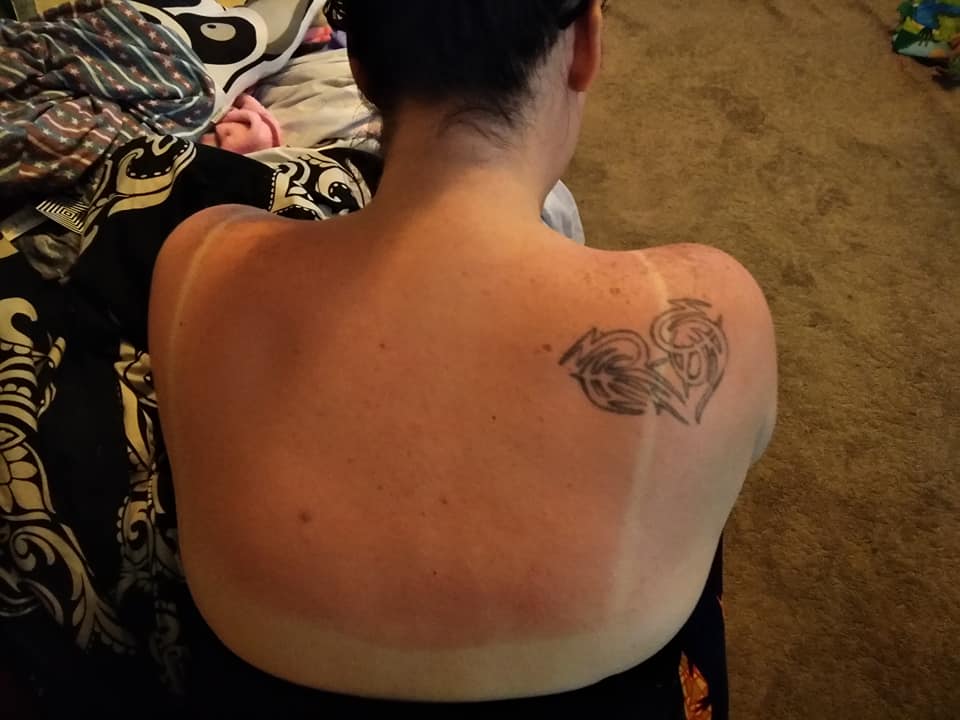
Revealing how to correctly apply the supposed sunburn remedy, Allen-Stewart advised others to put “the shaving cream on the burn.” She added, “It may seem like it’s a strange shaving ritual, but trust me! Don’t rub it in, just let it sit on your skin. It will start bringing all that heat out – you’ll be able to feel it. You may feel like you are itchy too, but that’s a good thing! Itching means healing.”
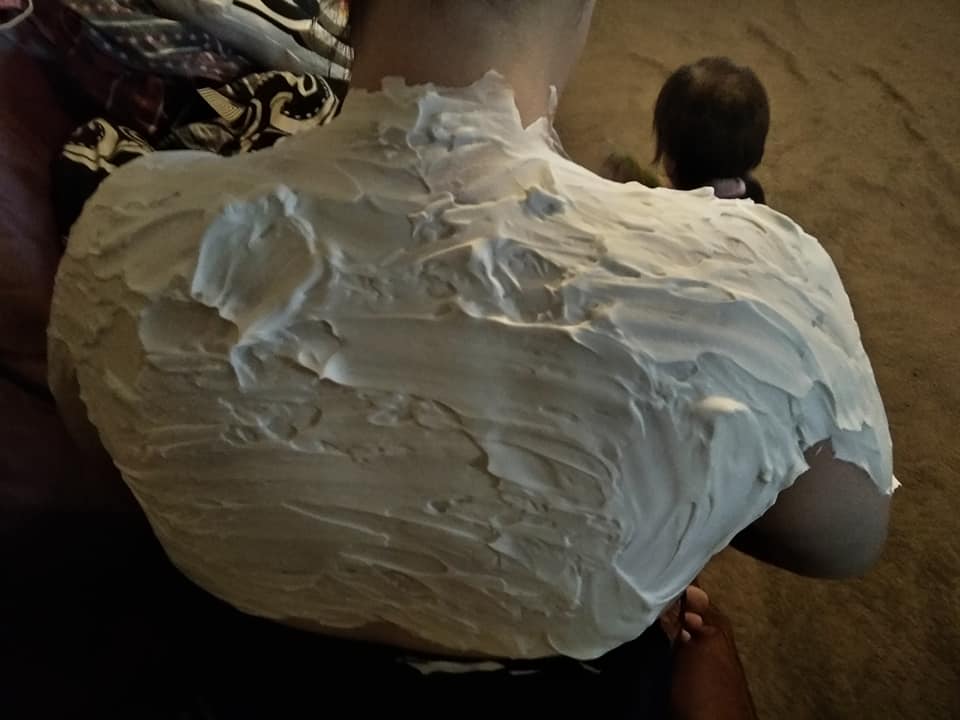
Allen-Stewart also advised that after half an hour – or when the shaving cream has dissolved – you should wash the residue off. She suggested repeating the process the following day, too, claiming that a second treatment will cure any sunburn completely. And she’s so convinced by the hack that she’s apparently been using it for ten years – even on her children.

It seems that Allen-Stewart’s passion for her shaving foam sunburn cure rubbed off on others too. Since she posted about the trick on Facebook, in fact, the message has been shared more than 230,000 times and has clocked up over 43,000 reactions. Her post also attracted thousands of comments – some from people who could attest to the hack themselves.

One such comment beneath Allen-Stewart’s shaving foam hack post read, “This works amazing! With aloe [vera], you have to keep putting it on, and it doesn’t help for very long. But the menthol shaving cream stopped the burning feeling after the first use permanently, and after the second I hardly feel the sunburn.”

But sunburn isn’t the only ailment that the internet claims to have a cure for. In April 2019, for instance, one mom’s purported health hack went viral after she claimed that it eased her daughter’s itchy chickenpox symptoms. And just like Allen-Stewart, she couldn’t resist sharing the helpful trick on social media, either.

The mom in question is Clare Jenkin from East Lothian, Scotland. And she had apparently been at her “wit’s end” after her daughter Reagan had contracted a nasty strain of chickenpox. As a result, Jenkin took the tot to see a doctor – and the medical professional seemingly had some surprising advice on how to ease the little one’s itchiness.
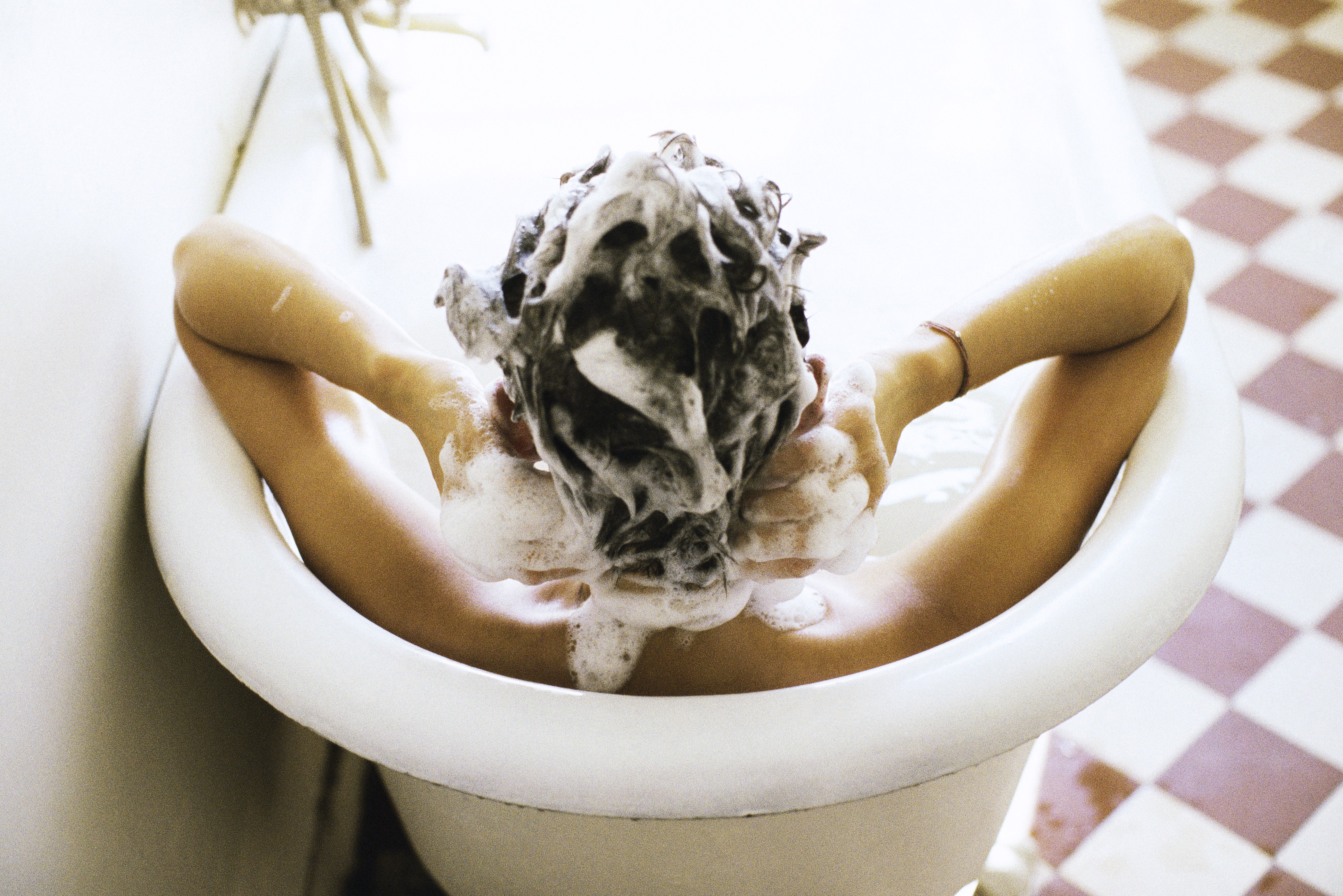
According to Jenkin, the doctor told her to use anti-dandruff shampoo as a home remedy to soothe little Reagan’s skin. And seemingly to the concerned mom’s surprise, the health hack worked a treat. So much so, in fact, Jenkin wrote on Facebook in April 2019, “Anyone who’s kiddies pick up chickenpox, I cannot recommend this enough.”
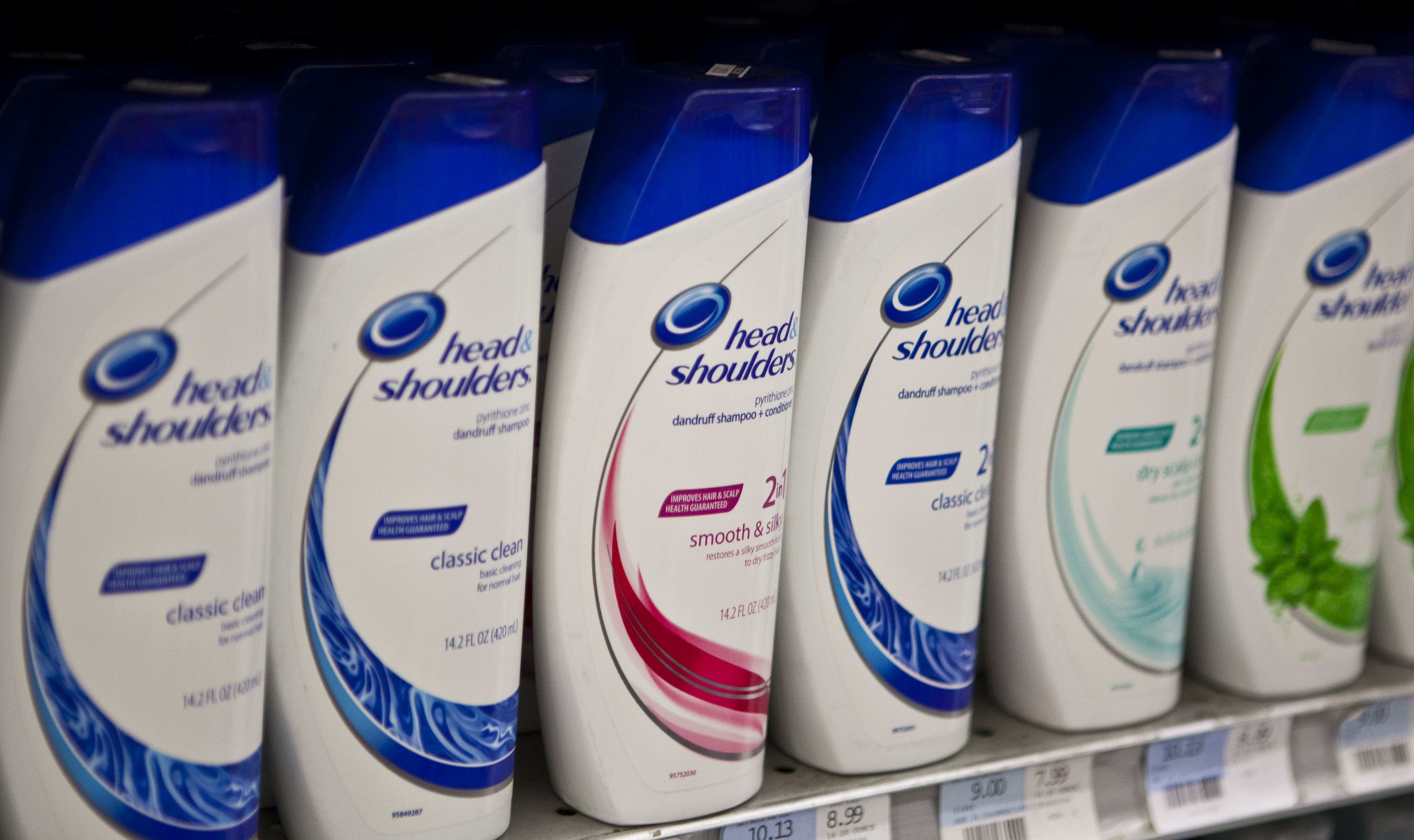
Continuing her post, Jenkin explained, “Reagan went to the docs today, and we were advised to use Head & Shoulders Classic as a bubble bath to soothe the spots. The difference is unbelievable! Over an hour without a single scratch or moan! No more angry red spots. Hopefully this helps anyone else who’s at their wits end with scratching children.”

Jenkin included images of Reagan’s chickenpox symptoms alongside her post. She also later returned to Facebook with an update on her daughter’s condition, saying, “Started using the shampoo suggested on Thursday… Saturday night’s update after another bath! Almost all spots dried up.”

Perhaps unsurprisingly, Jenkin’s home remedy for chickenpox seemed to resonate most with fellow parents whose own children were suffering from the ailment. Her post has since been shared over 164,000 times and clocked up 44,000 comments – many of which came from people who’d reportedly had success with Jenkin’s shampoo hack.

Commenting beneath Jenkin’s post, one happy parent wrote, “My 15-month little girl has chickenpox this week, and I have bathed her every other night in Head & Shoulders Classic, and the difference is crazy. Her spots have dried up, and she’s stopped crying because she’s itchy… and it’s a bonus I was able to wash her hair as she had chickenpox on her scalp.”

Another person added, “Used this [on] my son this week… Amazing! Why has this never been discovered before? [I] have two older kids who have suffered and only had calamine lotion available, which in my opinion is the devil [as] it dries to powder, and powder makes you itch more.”
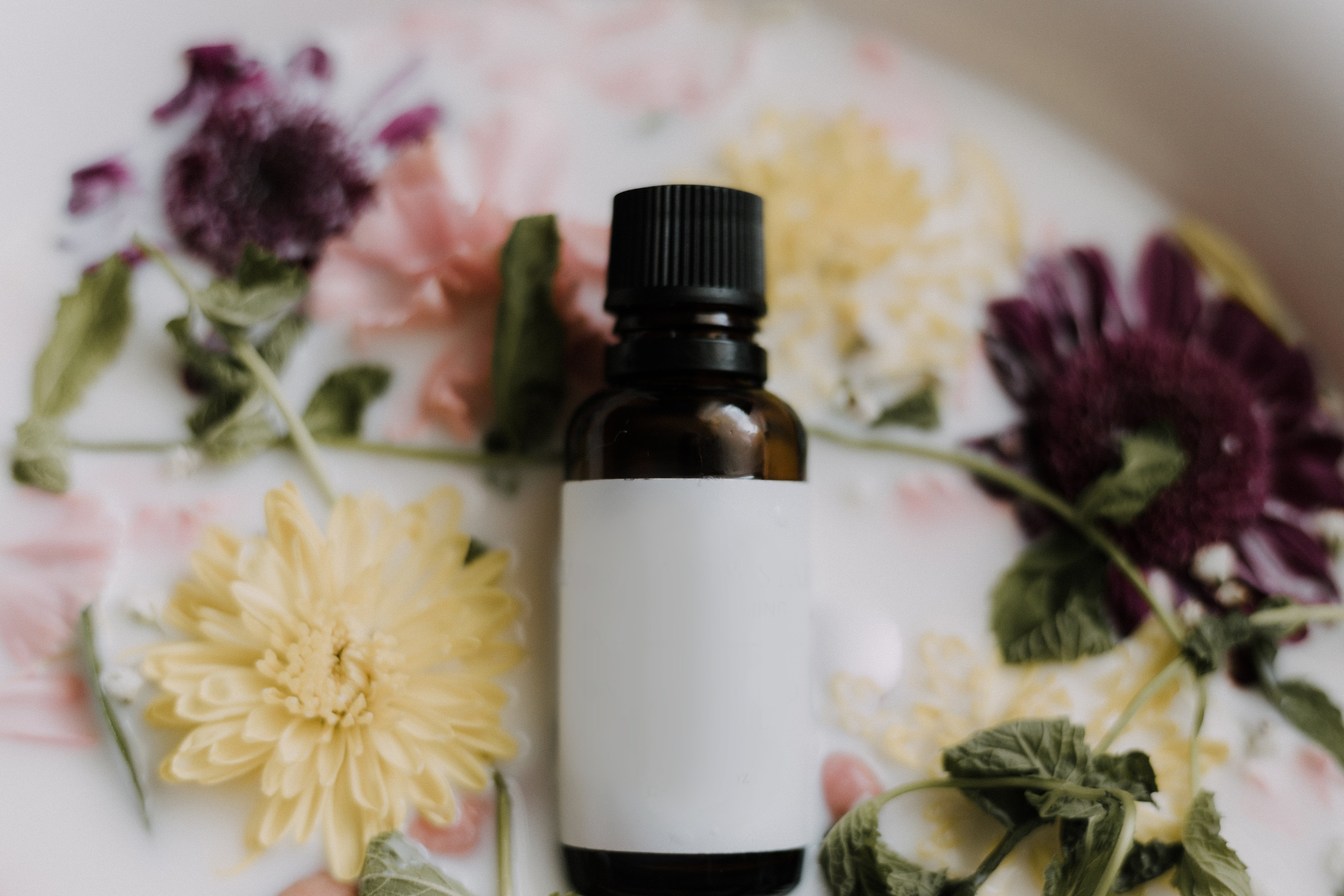
So it’s safe to say that the internet is awash with rumored home remedies. And what’s more, many of them apparently stem from ordinary people who’ve shared their health hacks on social media. However, one strange-but-simple trick that was reported in 2017 seemingly had the approval of at least one medical expert.

In fact, the hack in question had appeared on The Dr. Oz Show in 2010. The series is fronted by Mehmet Oz, a doctor who rose to prominence as a guest on The Oprah Winfrey Show. The doctor graduated to his own show in 2009, and his TV fixture unsurprisingly focuses on health and medical issues.

The Dr. Oz Show has enjoyed much success too. An article in the The New Yorker even claimed that the series was “among the most highly rated daily television programs” in the U.S. Furthermore, the show has won nine Daytime Emmy Awards during its decade-long run.

Needless to say, then, Oz’s expert medical opinion is valued by a large number of his viewers. So he no doubt raised a few eyebrows during one episode in 2010 when he advised certain people to sleep with bars of soap under their bed sheets. Yet it seemed that there was a method behind the madness.
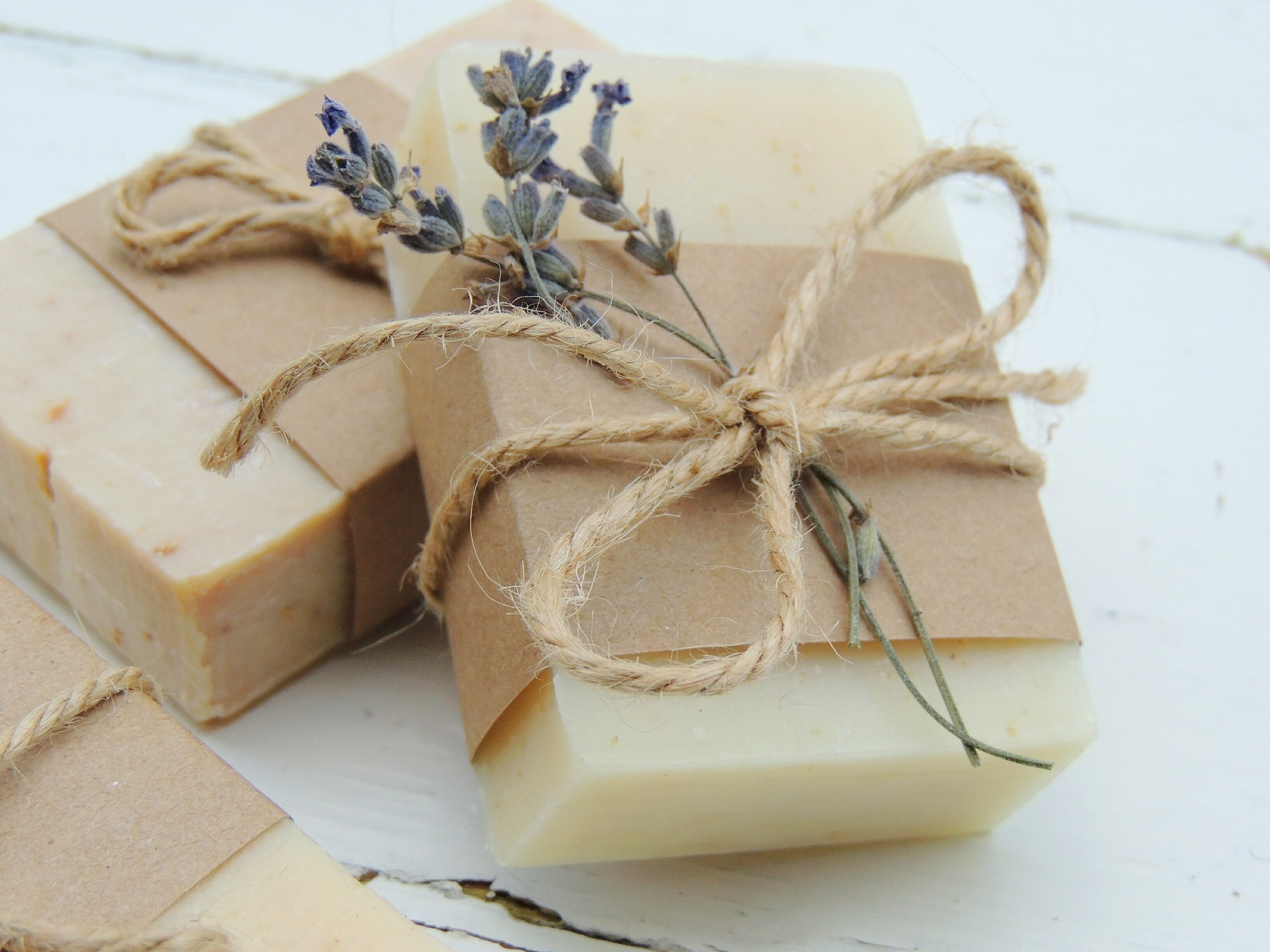
That’s because the soap that Oz was referring to wasn’t any old bar. In fact, the doctor insisted that only a bar made from lavender should be used. And according to the doctor, the bathroom product is a “crazy home remedy” for restless legs syndrome. This disorder is generally worse when the sufferer is resting, so it can result in sleep problems that, in turn, can cause further health complaints.
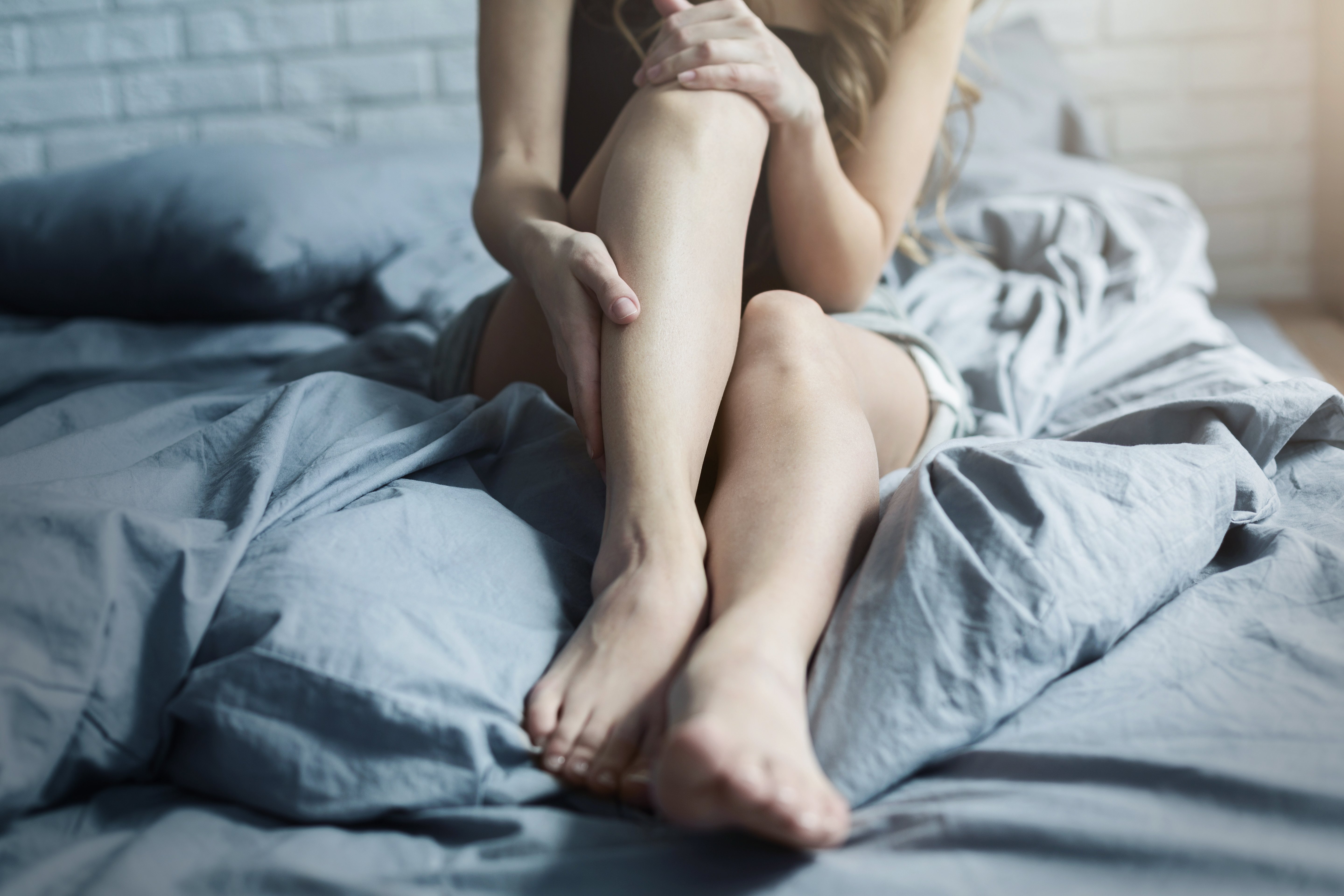
People with restless legs syndrome experience – as the condition’s name suggests – a strong impulse to move their legs. The disorder may also be characterized by unpleasant sensations in the lower limbs that improve with movement. And because the feelings tend to happen when a person rests, sleeping can become a challenge.
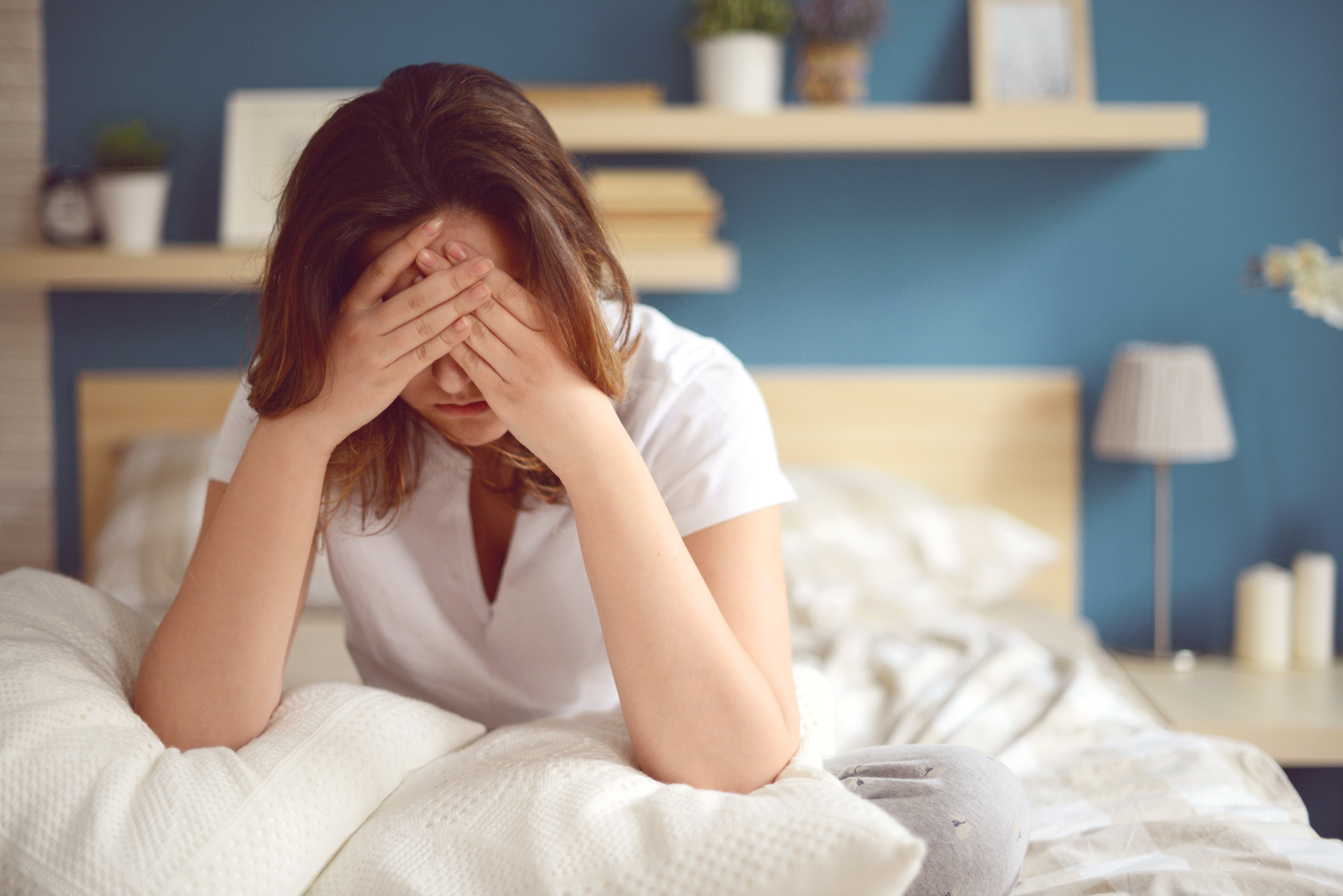
As a result of their disrupted sleeping patterns, those with restless legs syndrome may feel sleepy during the daytime. They may also suffer from irritability, a lack of energy and low mood. Furthermore, many patients with the long-term disorder may experience twitching limbs while they sleep.

So bedtime can clearly be a battlefield for people with restless legs syndrome. According to Oz, however, lavender soap could offer sufferers some relief. Speaking on a 2010 episode of his eponymous show, the doctor said, “I know this sounds crazy, but people put it under their sheets.”
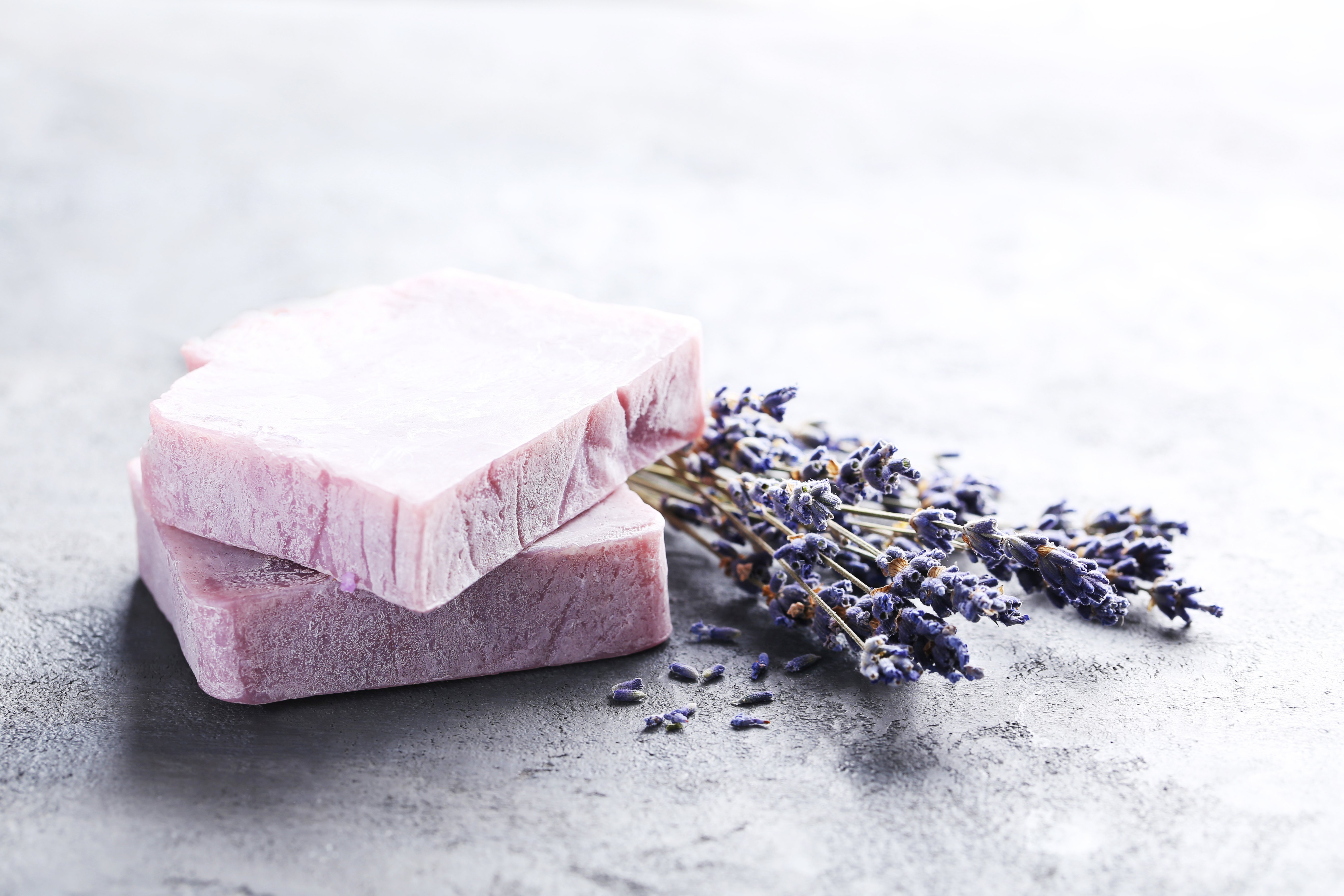
Explaining why the soap might help to alleviate restless legs syndrome symptoms. Oz added, “We think the lavender is relaxing and maybe itself beneficial.” While the TV personality encouraged his viewers to test the hack out, though, he only had anecdotal evidence that the trick works. That’s because there are no medical studies to suggest that lavender soap can help with the disorder.
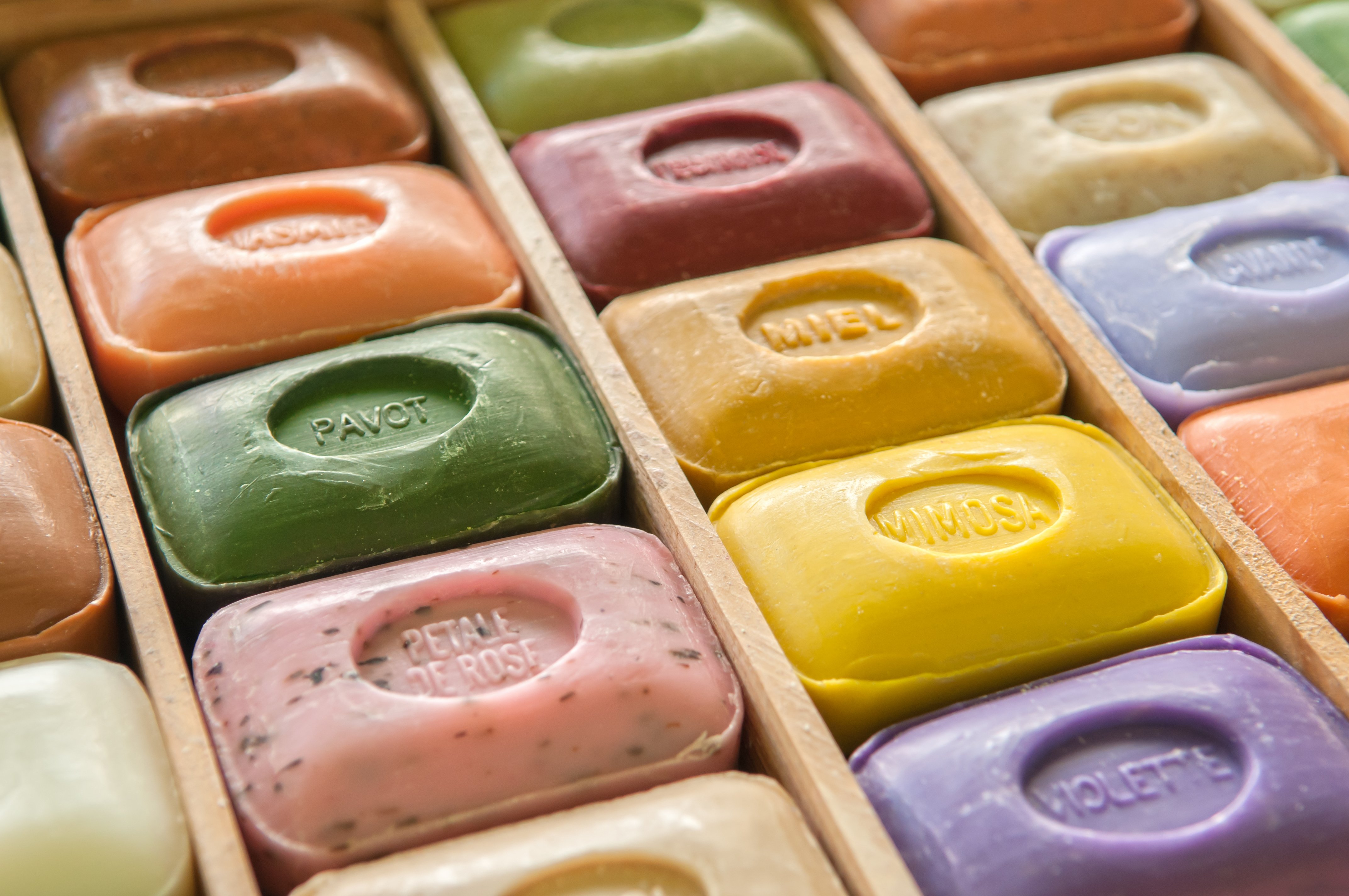
But that being said, Oz isn’t the only person to claim that people’s health could improve if they sleep with lavender soap. The Ann Landers advice column has recommended the practice as a cure for leg cramps on numerous occasions, in fact. And apparently many readers were “thrilled and grateful to be liberated” from the ailment on account of the trick.

Most people will actually be familiar with the discomfort caused by nocturnal leg cramps. The involuntary contractions of the muscles can strike without warning, though, waking sufferers with a painful jolt and making it difficult for them to drift back off to sleep until the twinging subsides.

But it seems that sleeping with lavender soap may offer relief from nightly muscle contractions as well. According to a Twitter poll by The Doctors, in fact, 42 percent of respondents believed the bathroom item prevented nocturnal leg cramps. The show’s experts failed to find any scientific support to back up the assertion, however.
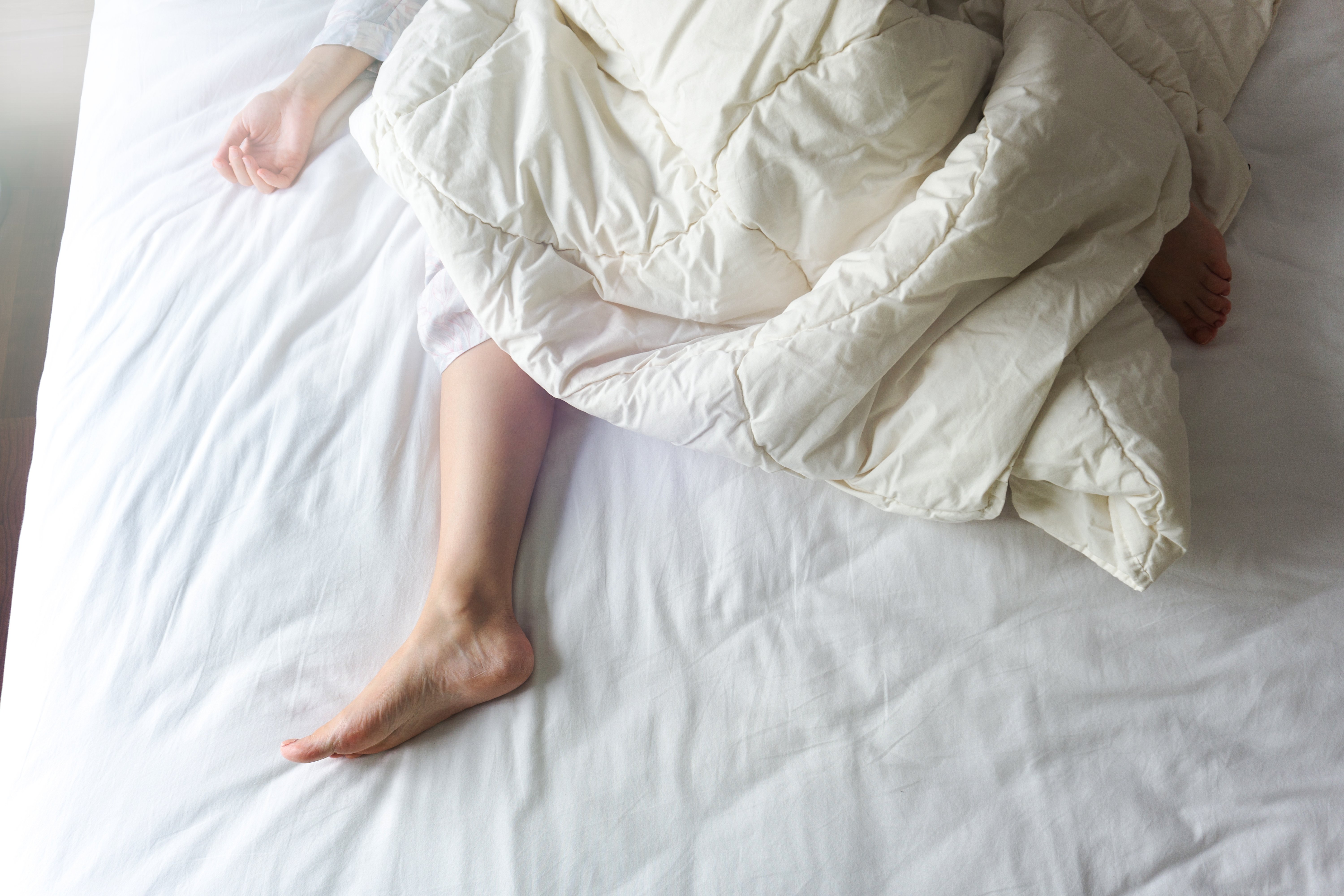
Furthermore, Dr. Kim Gladden advises that lavender soap is not the answer to nocturnal discomfort – because leg cramps can be caused by a number of factors. These include issues with nutrition, side effects from medication, overexertion or simply a lack of stretching.

If you do endure nocturnal leg cramps, though, the first thing that Gladden suggests is reaching for water rather than lavender soap. In an article on the Cleveland Clinic website, Gladden said, “If you are experiencing cramping, it’s important to look at your hydration first. You want to make sure you are drinking enough water throughout the day.”
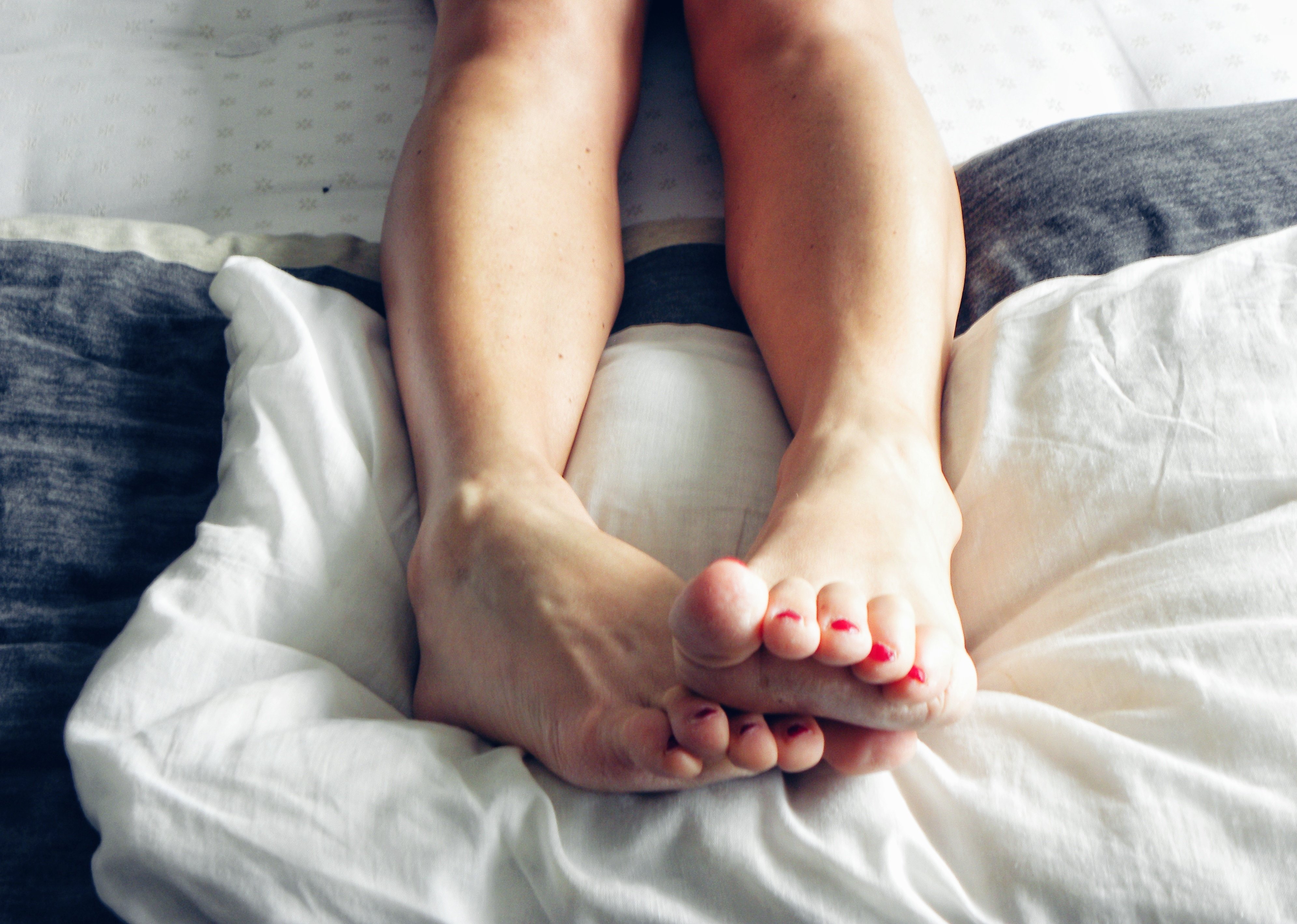
Alternatively, Gladden said, making sure you stretch each day could help alleviate nocturnal leg cramps. As Gladden explained, “You want your muscles to be as strong and supple as they can be. Adequate stretching after a brief warm-up period is key to this.”
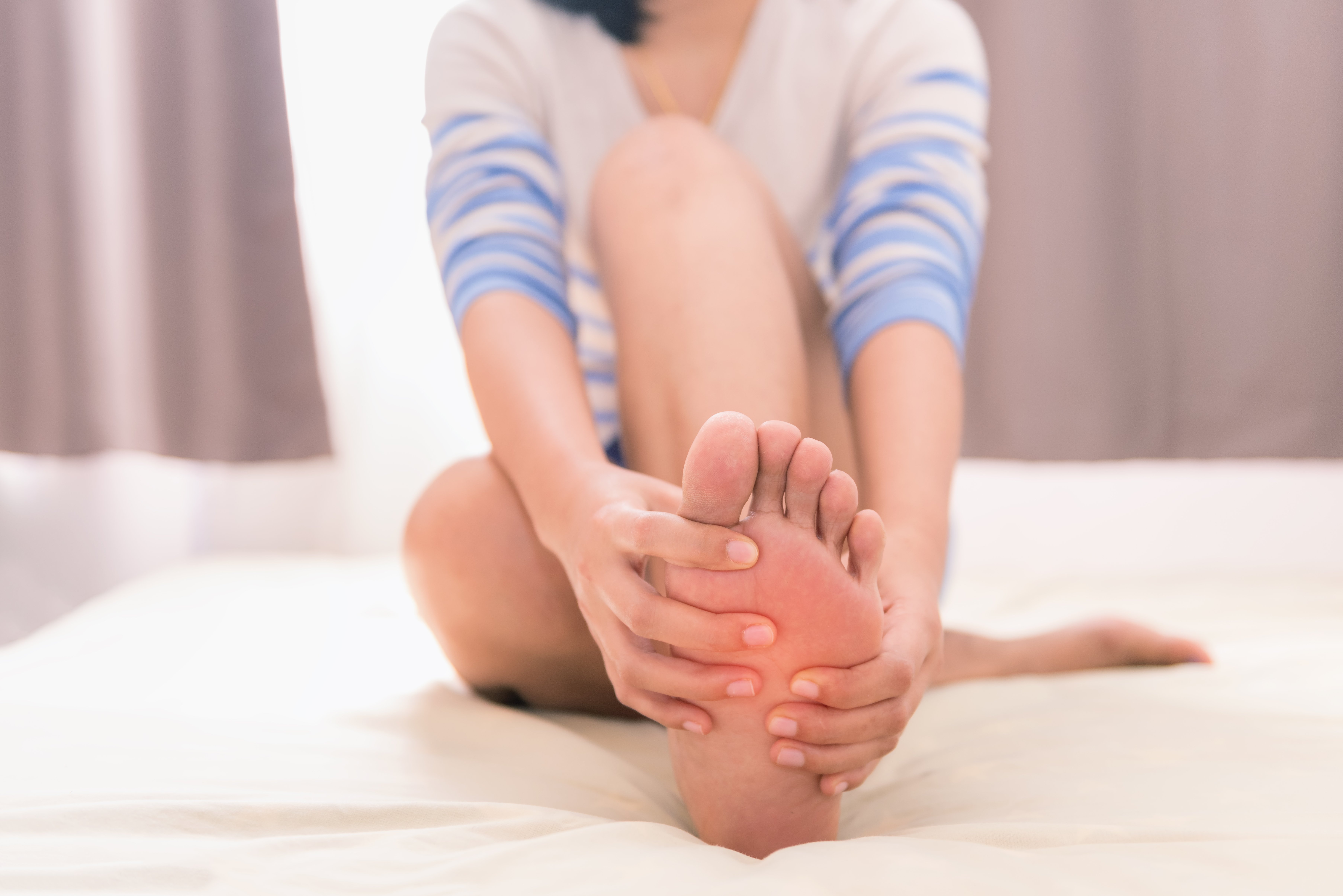
And even though leg cramps can strike in the middle of the night without warning and disrupt a sufferer’s sleep, they are nevertheless reportedly nothing to worry about. As Gladden explained, “They tend to happen more frequently as we age. While they can be uncomfortable, they are rarely harmful.”

So while the scientific community is seemingly on the fence about the benefits of sleeping with lavender soap, the home remedy has plenty of fans elsewhere. And people are so passionate about the hack that there’s even advice to avoid certain brands, such as Dial and Dove. Although the size, packaging and placement of the soap tend to vary from person to person.

Consequently, those who swear by sharing their sheets with soap have reported success whether they’ve used a massive bar or a mini, hotel freebie. It also doesn’t seem to matter whether the product is wrapped up or not – or if the affected leg is placed over the soap. On top of that, there’s also no real clue as to how the hack actually works.

It may be that the lavender soap itself is not a cure for leg cramps and that the benefit of sleeping with a bar could purely be in the patient’s head – meaning that it has a placebo effect. If you suffer from nightly muscle spasms, however, there seems to be little harm in trying the unusual health hack. Though you should probably check with a doctor if symptoms persist.





